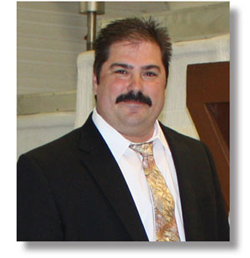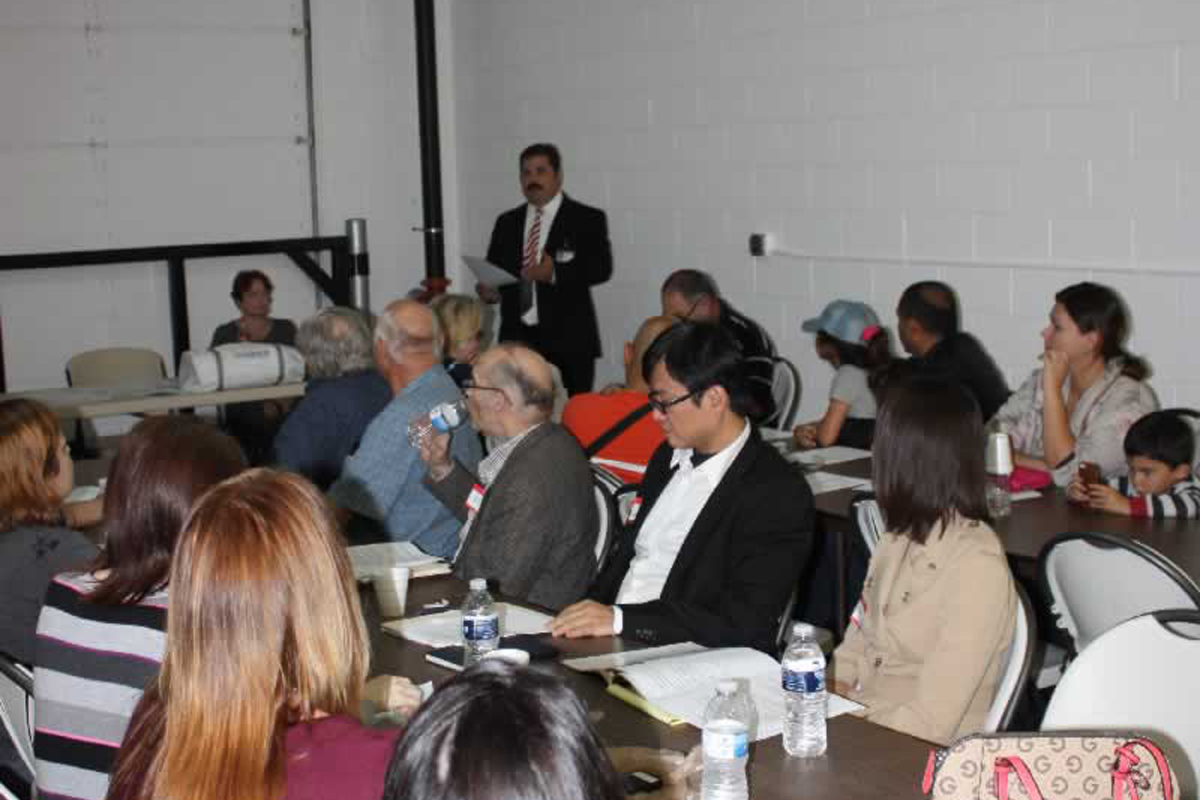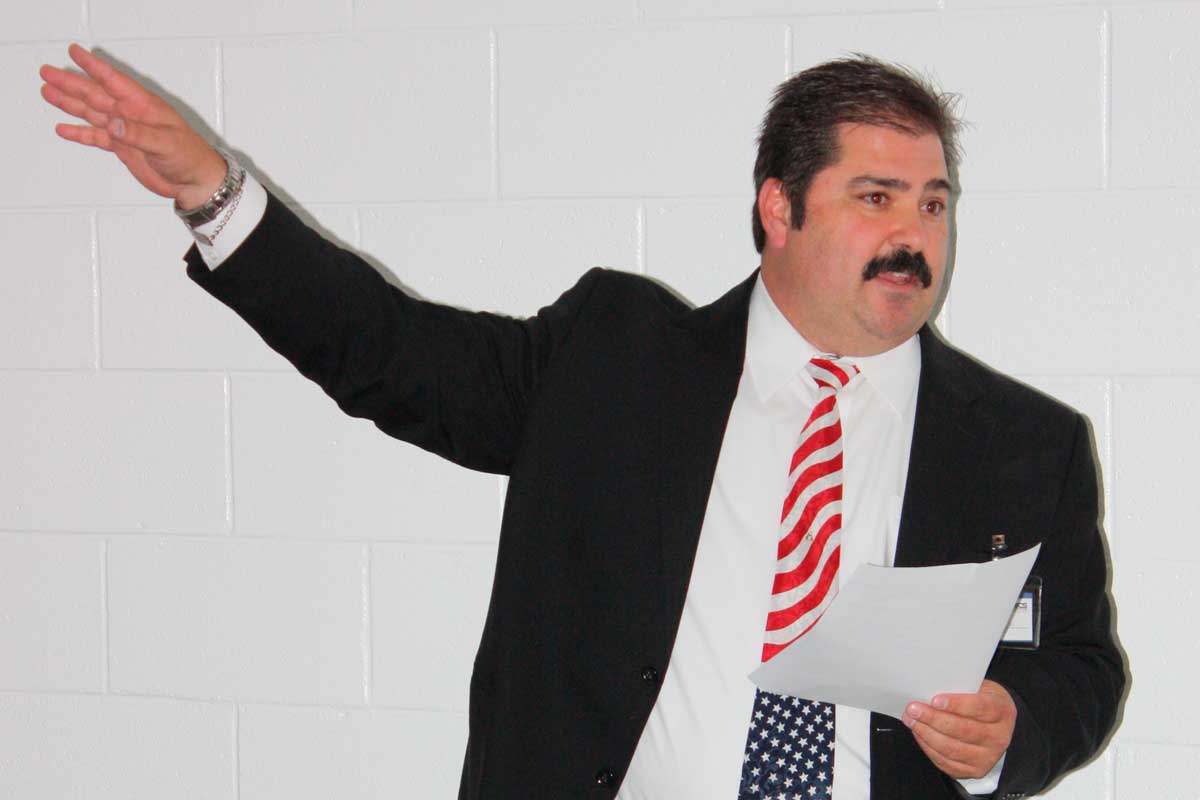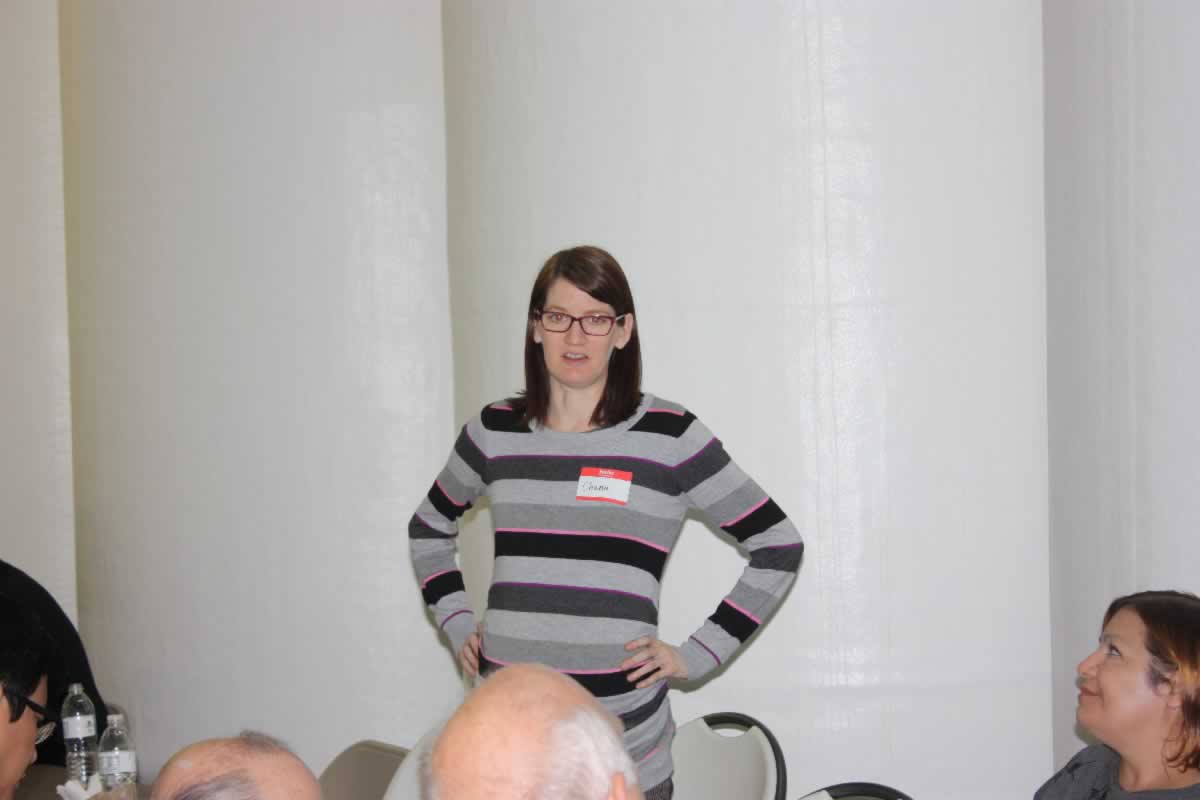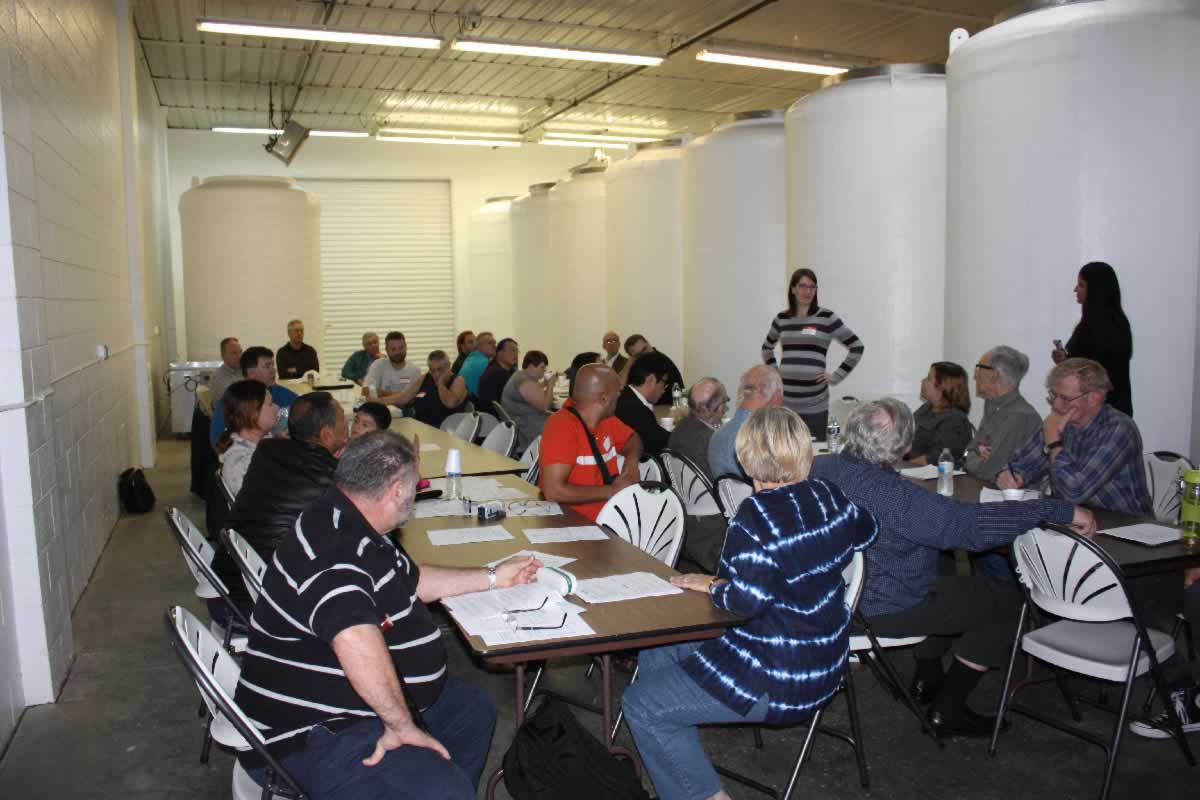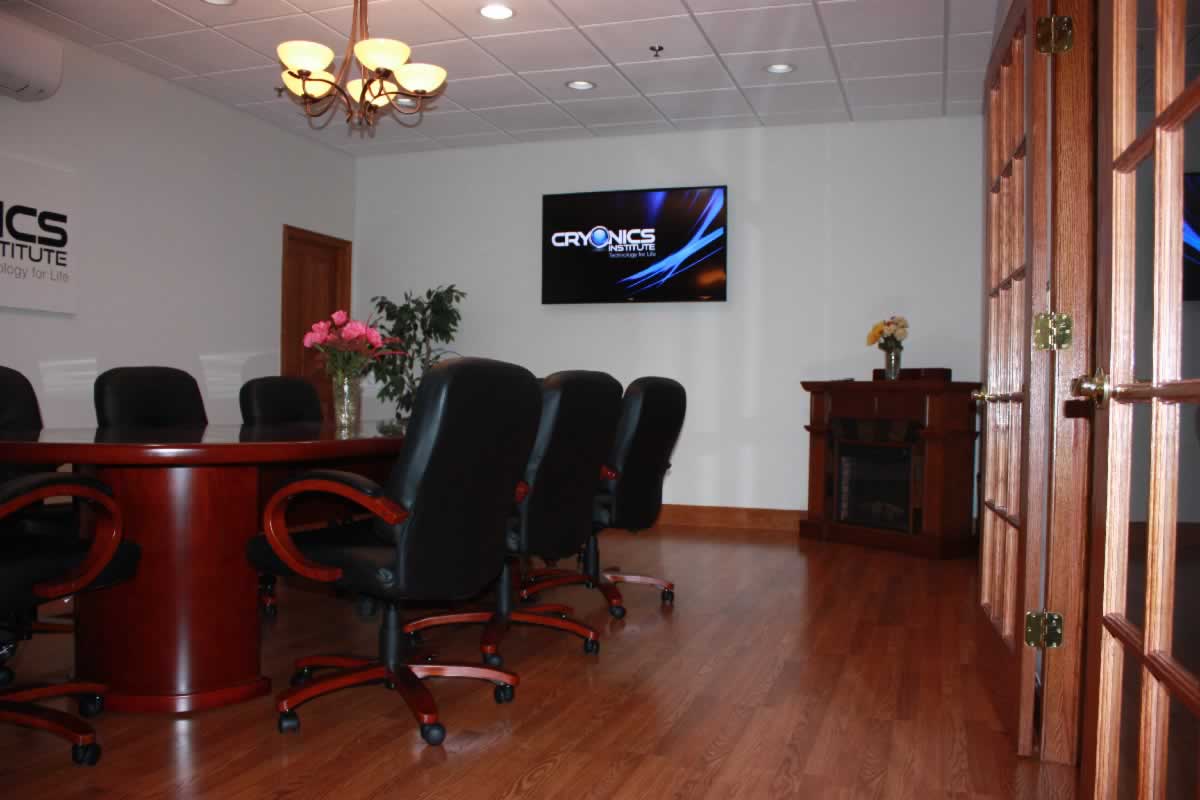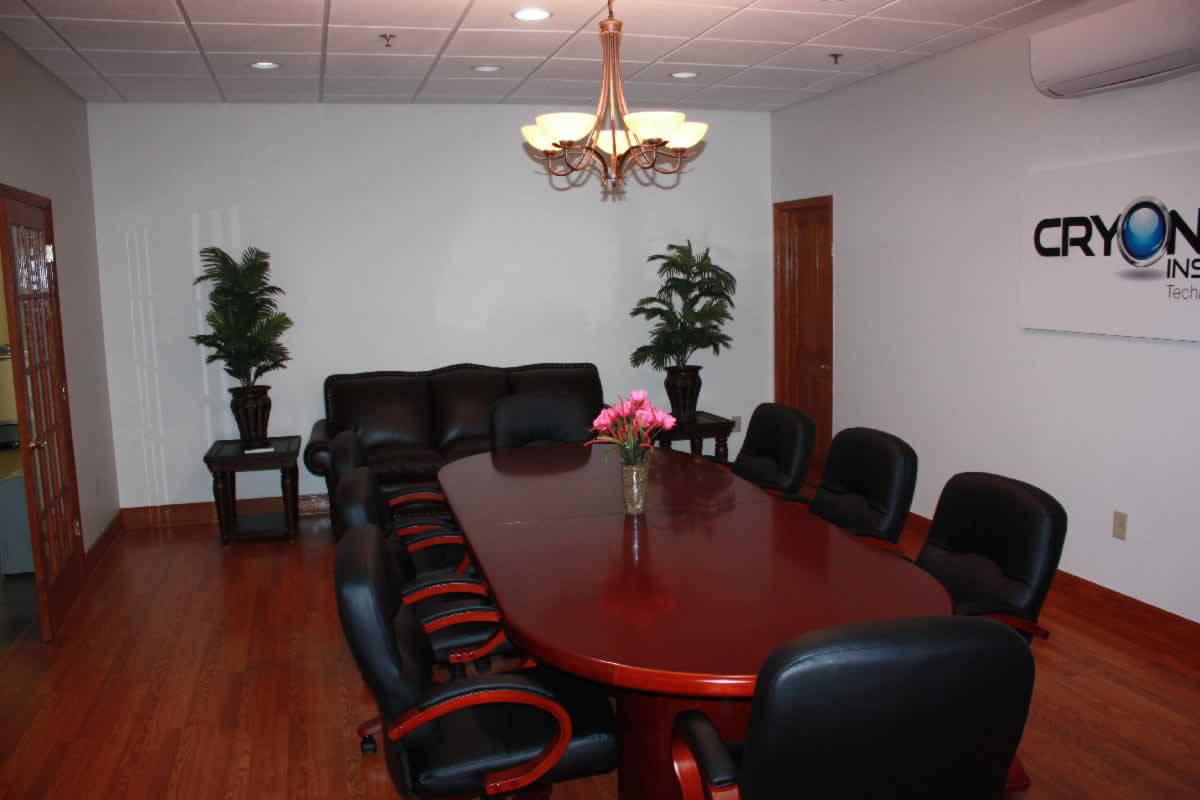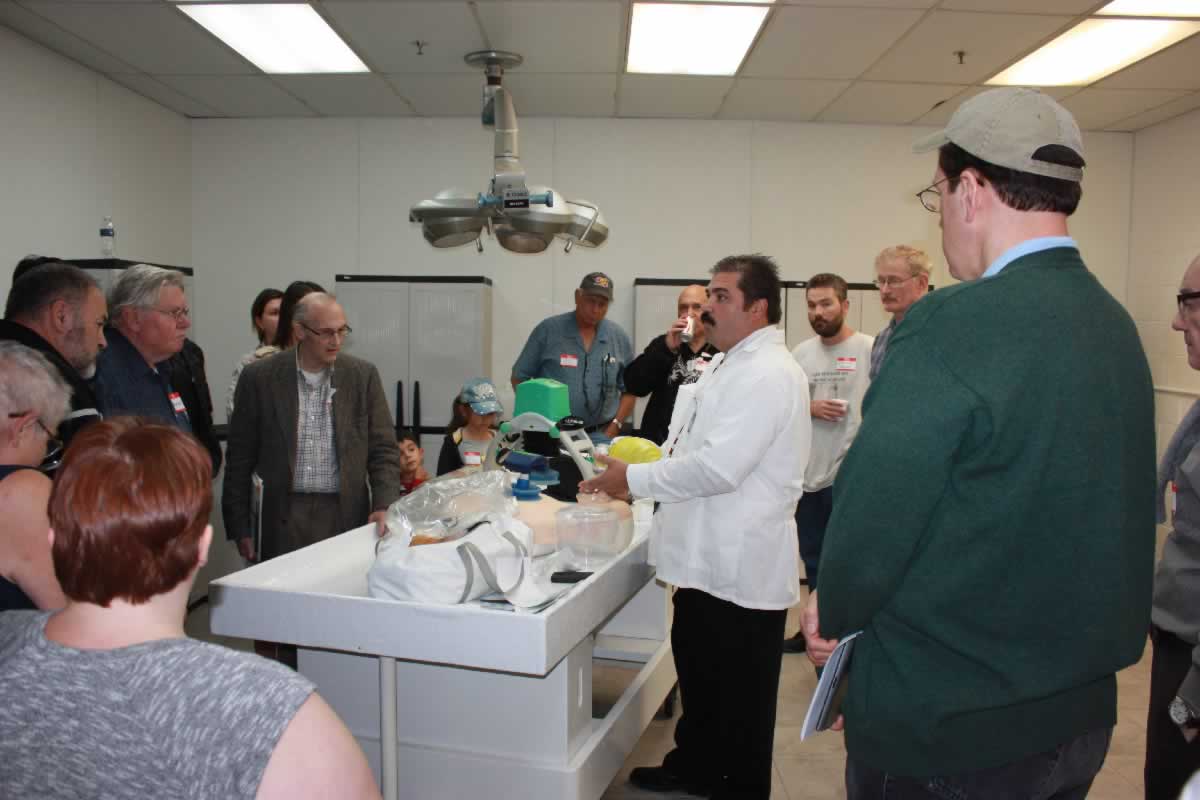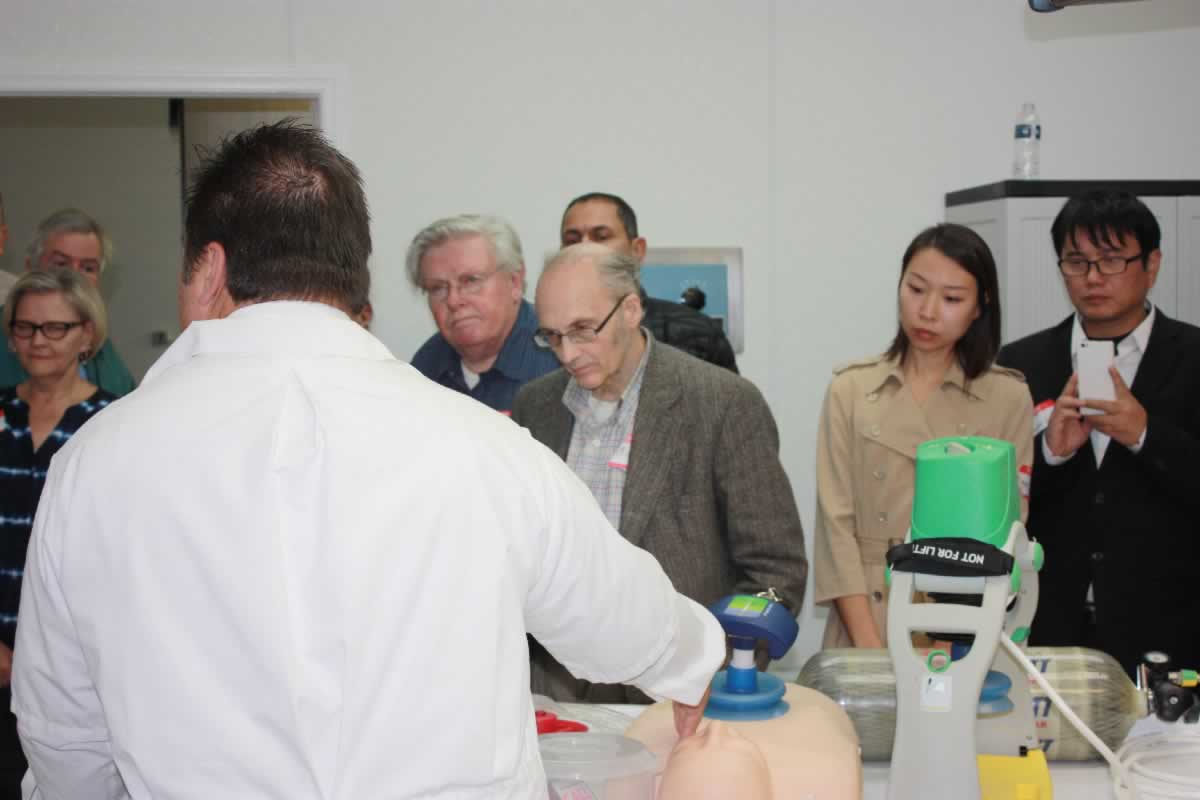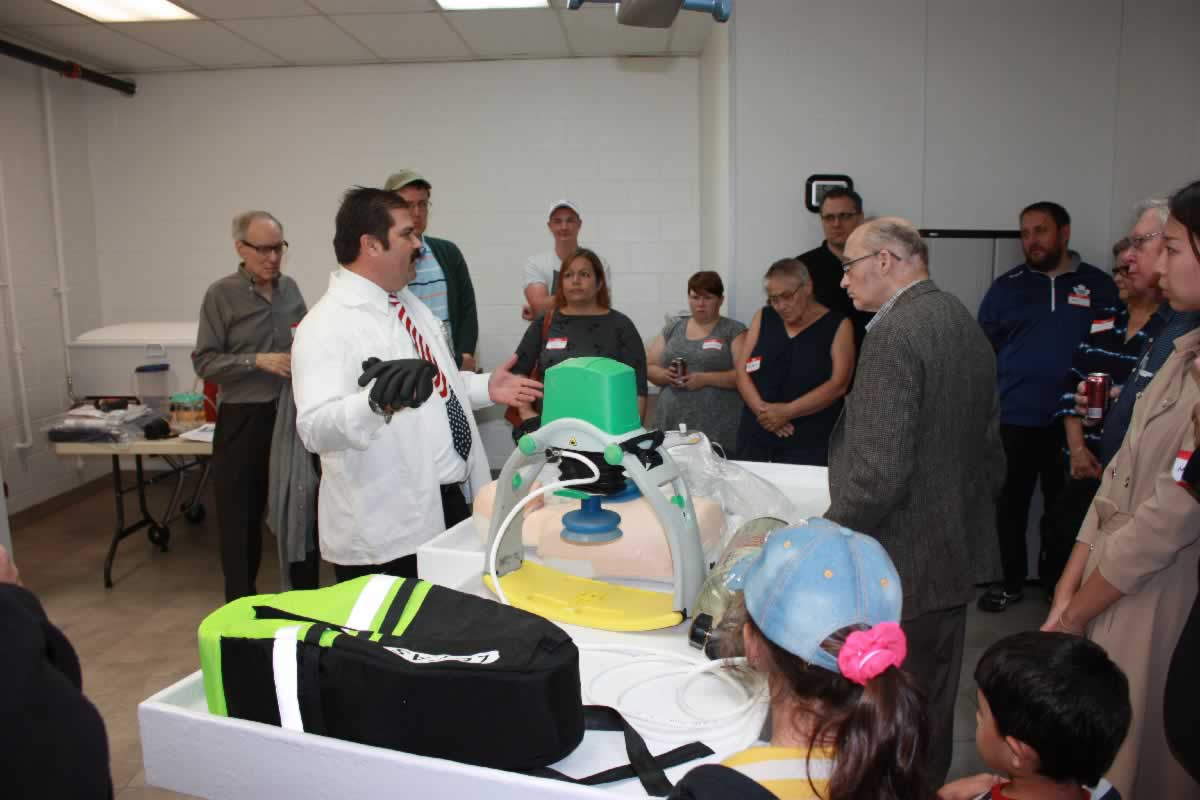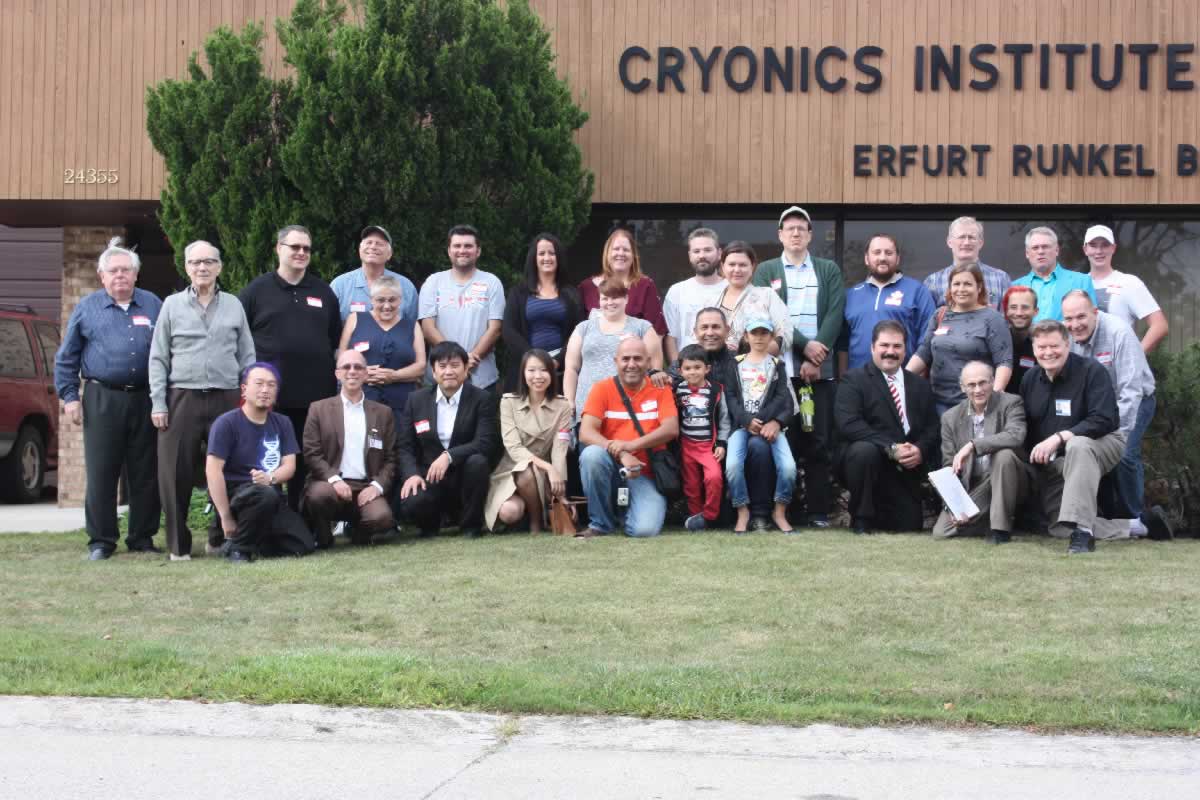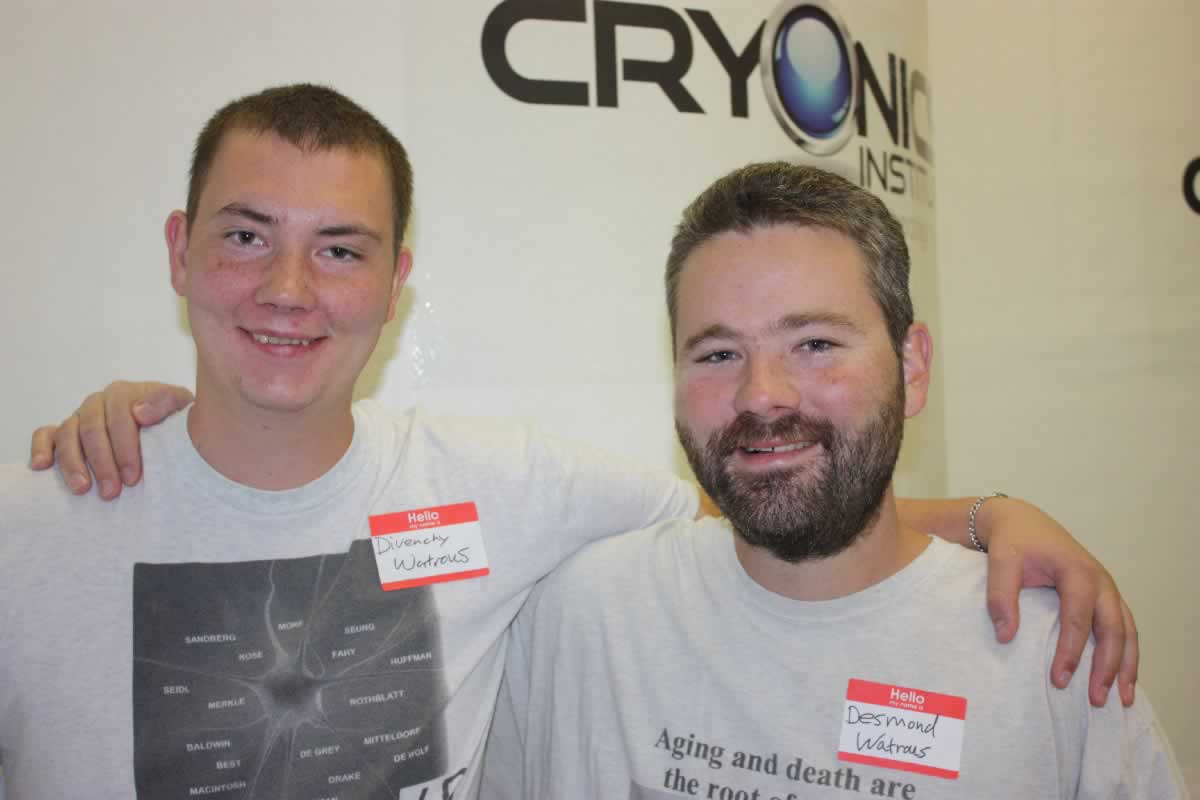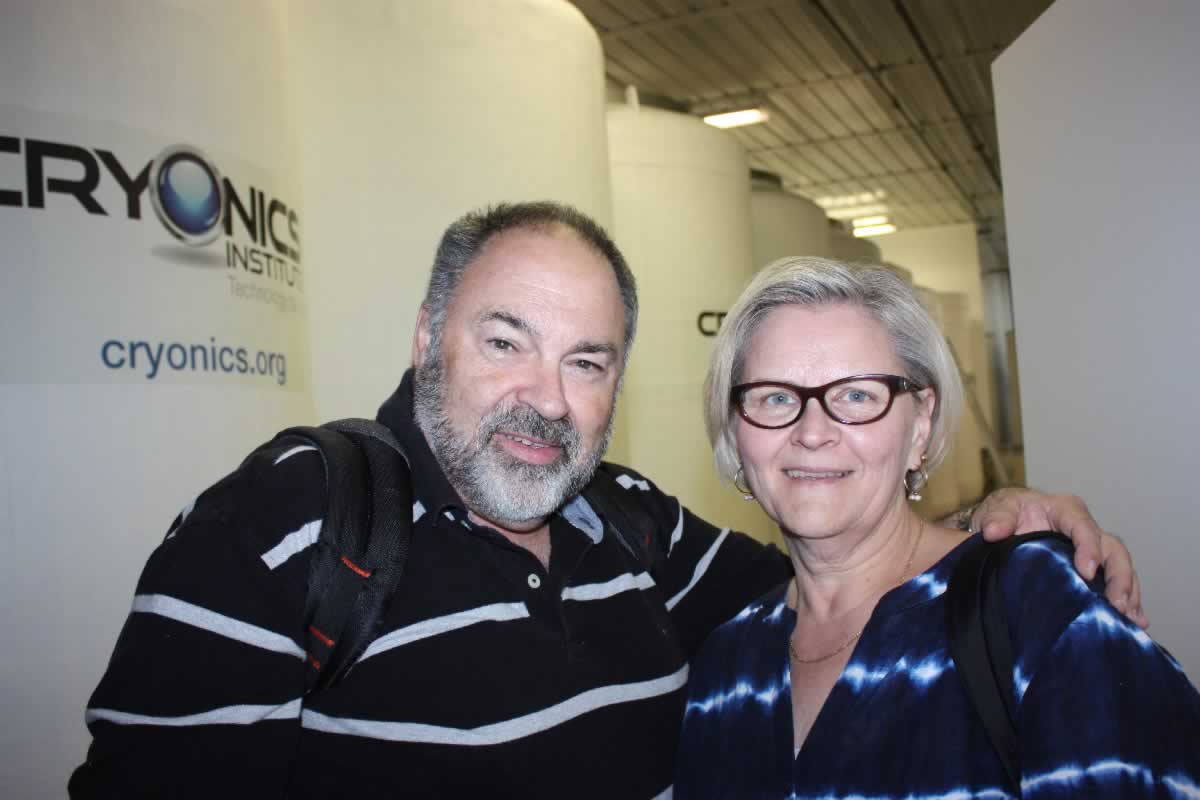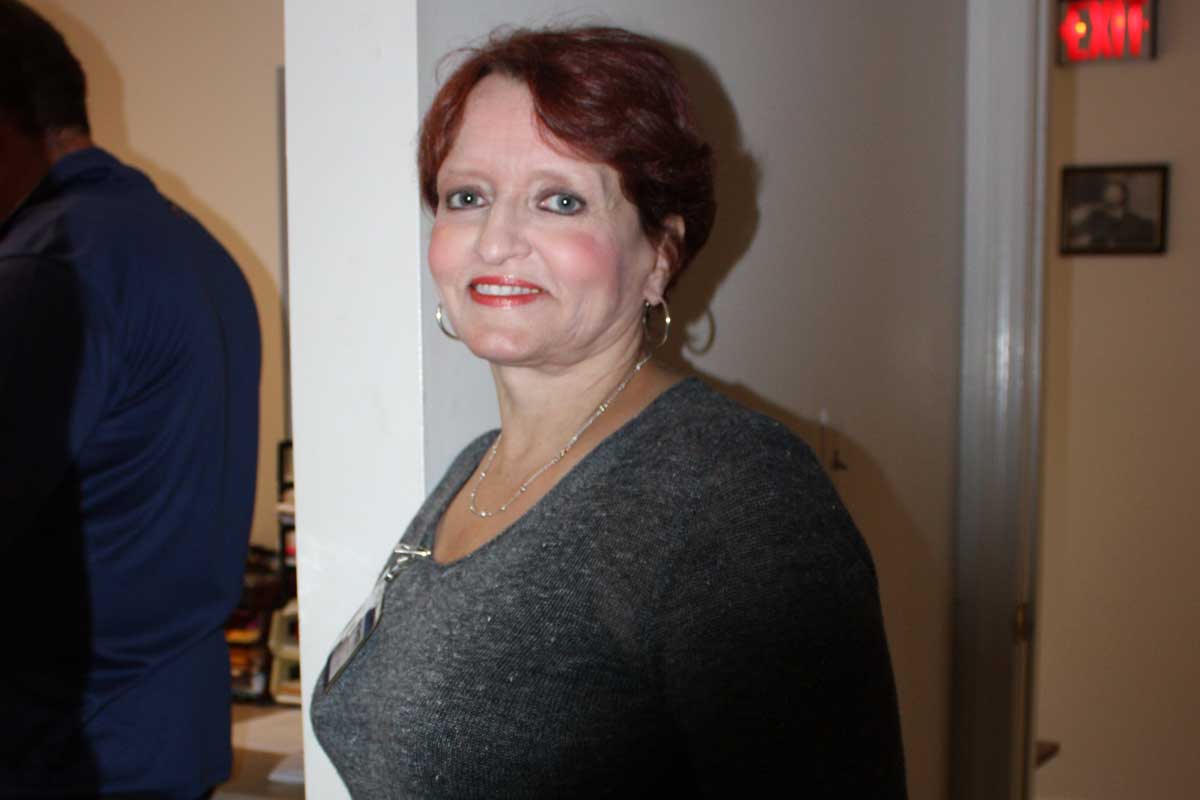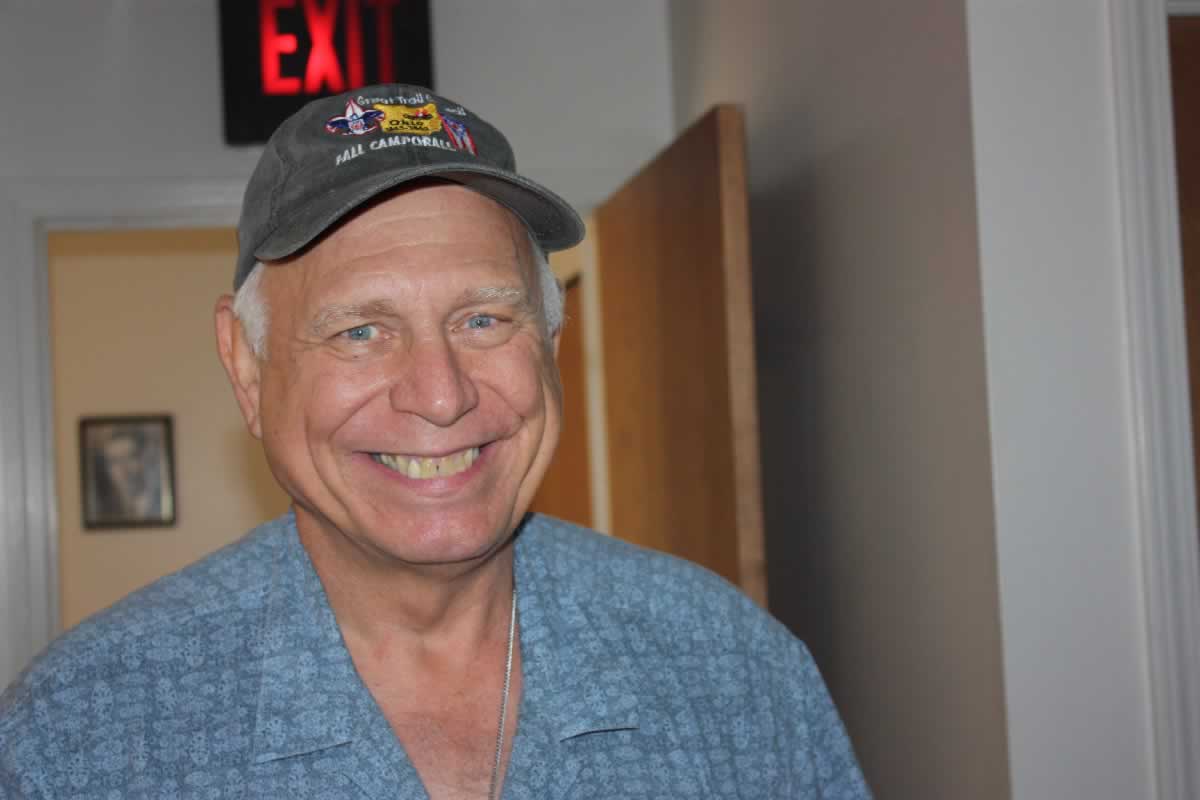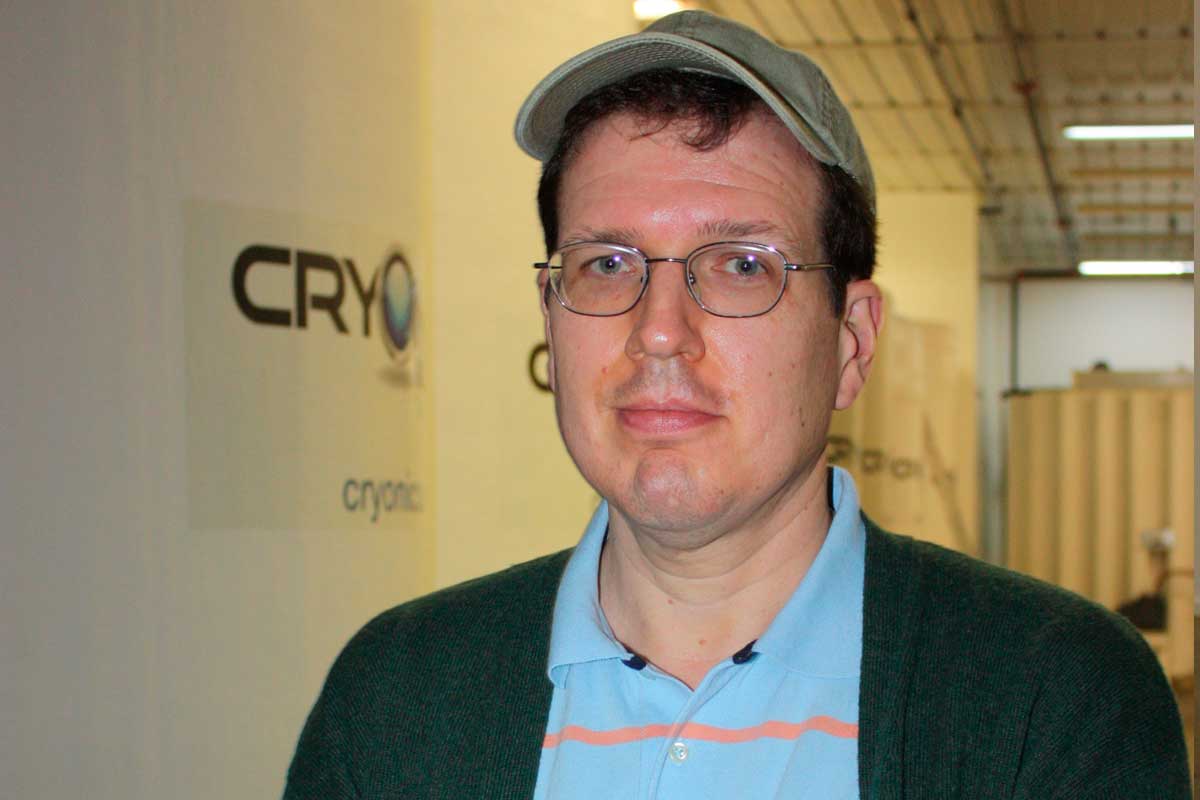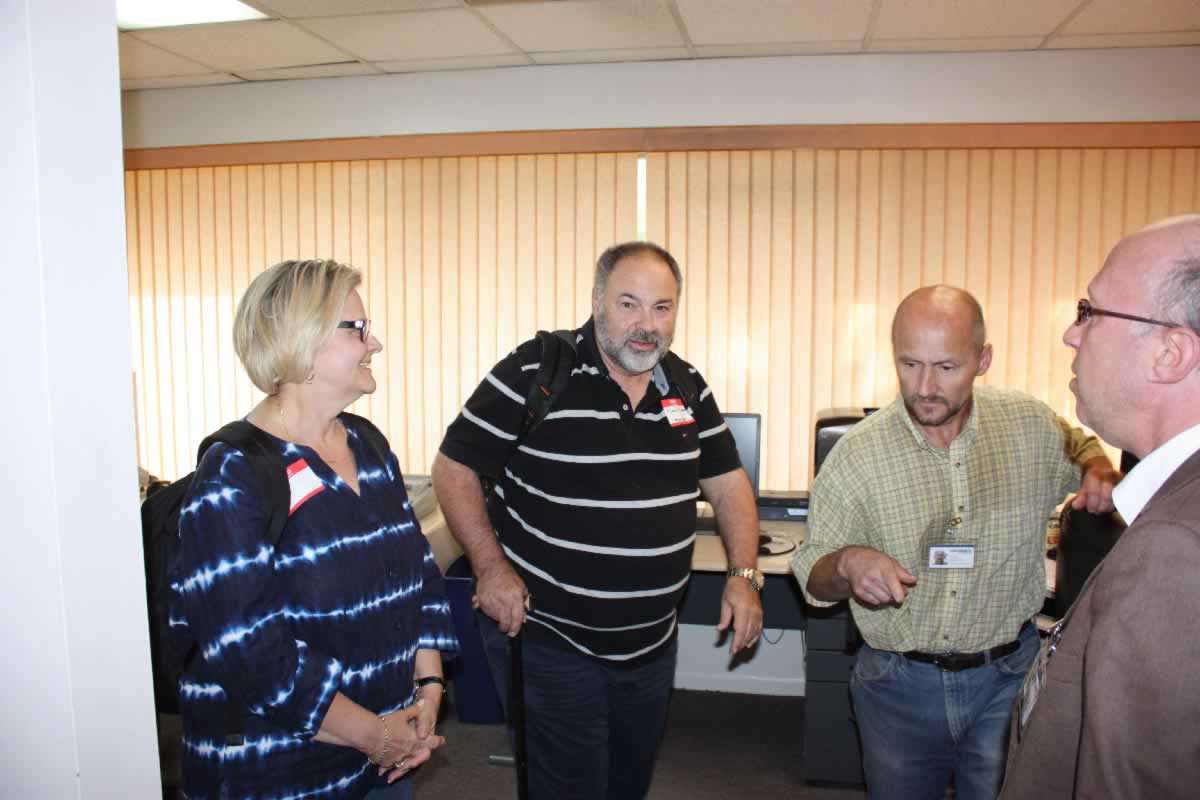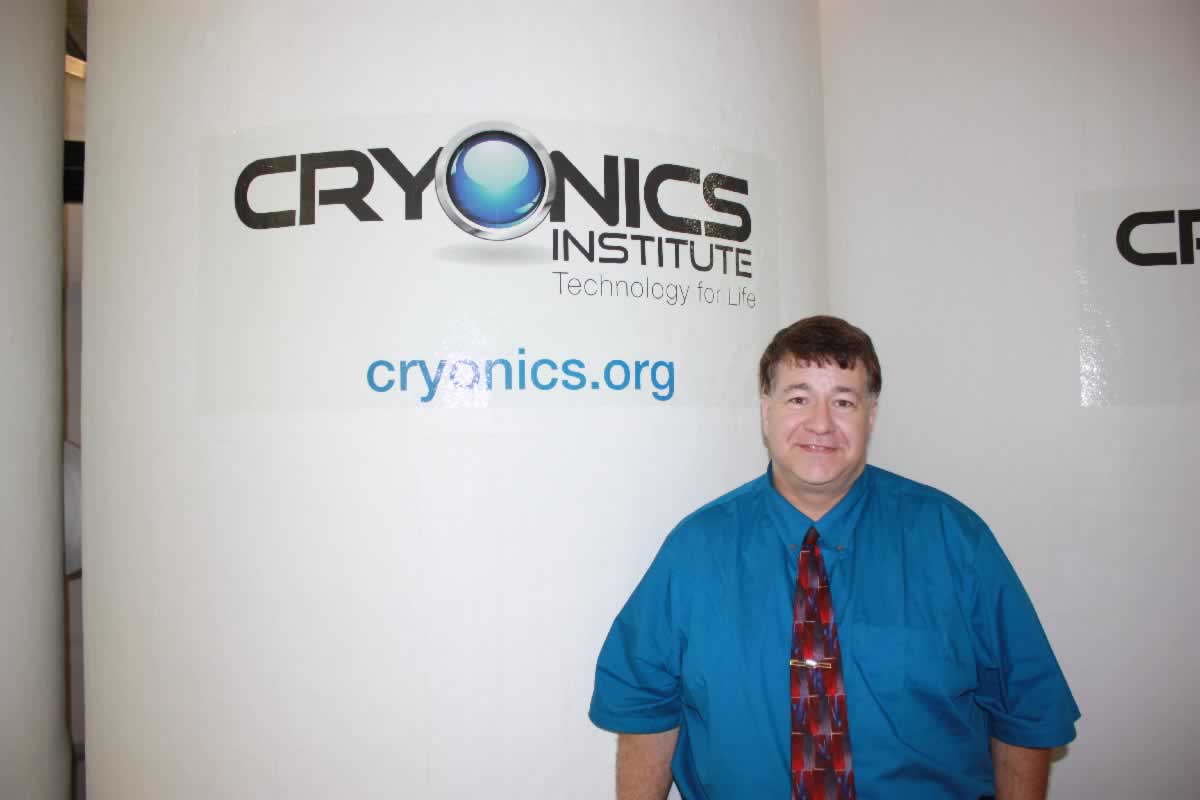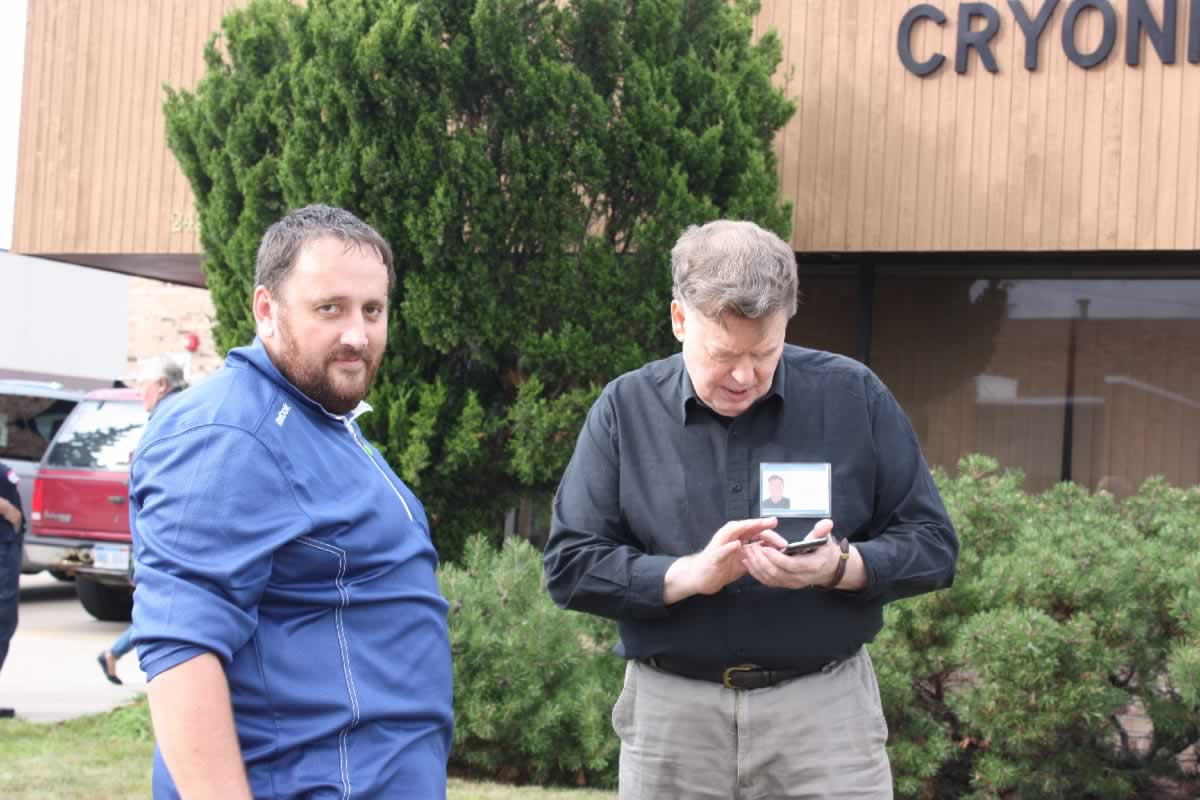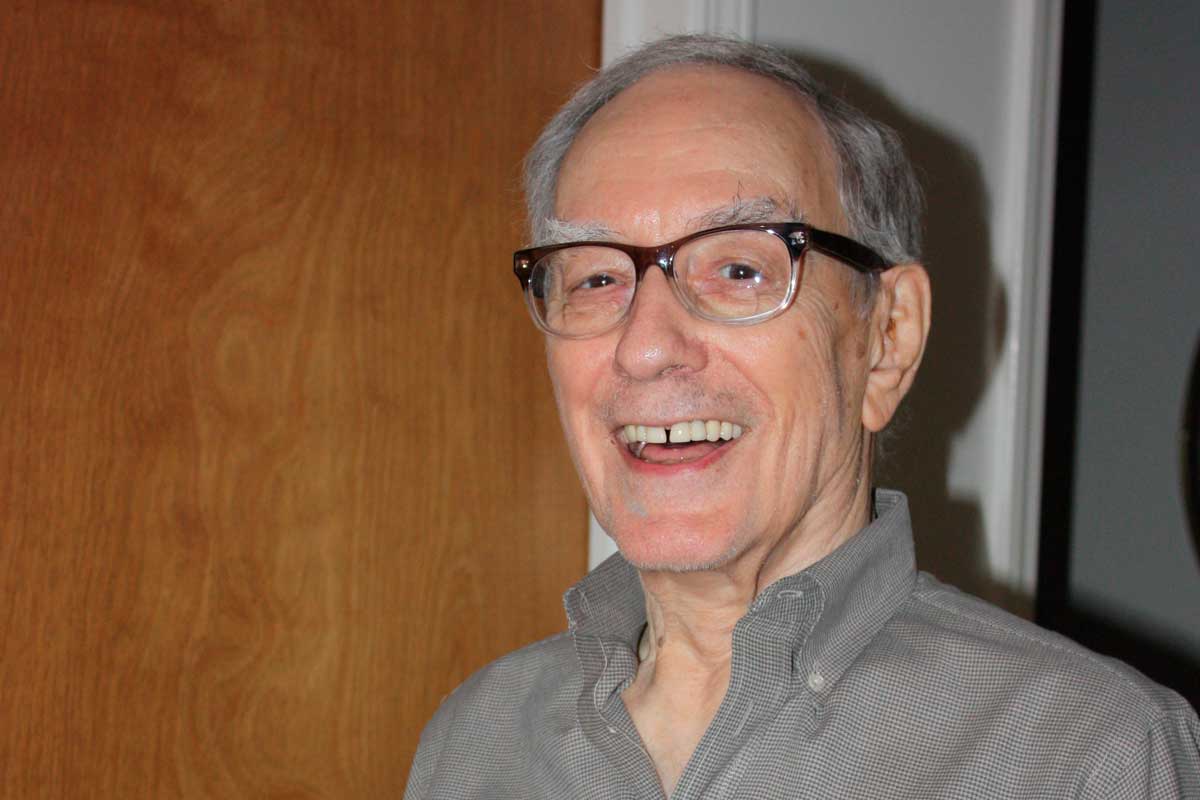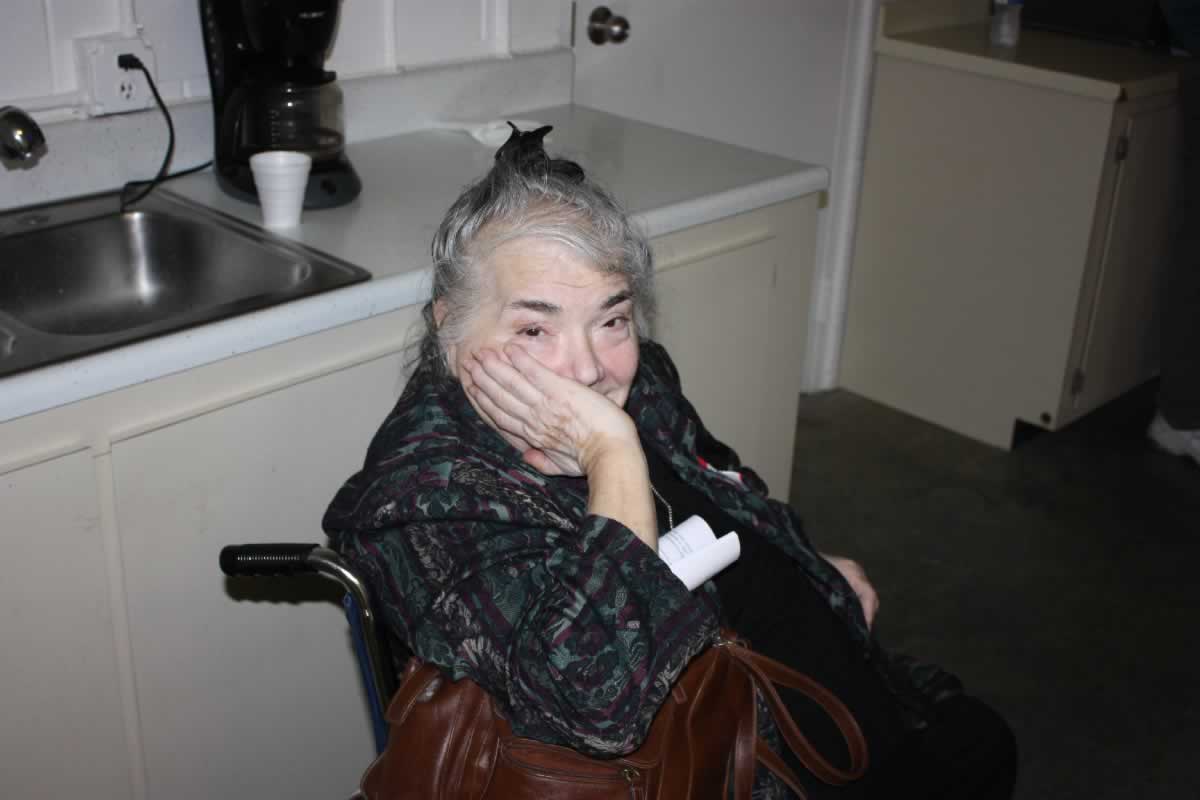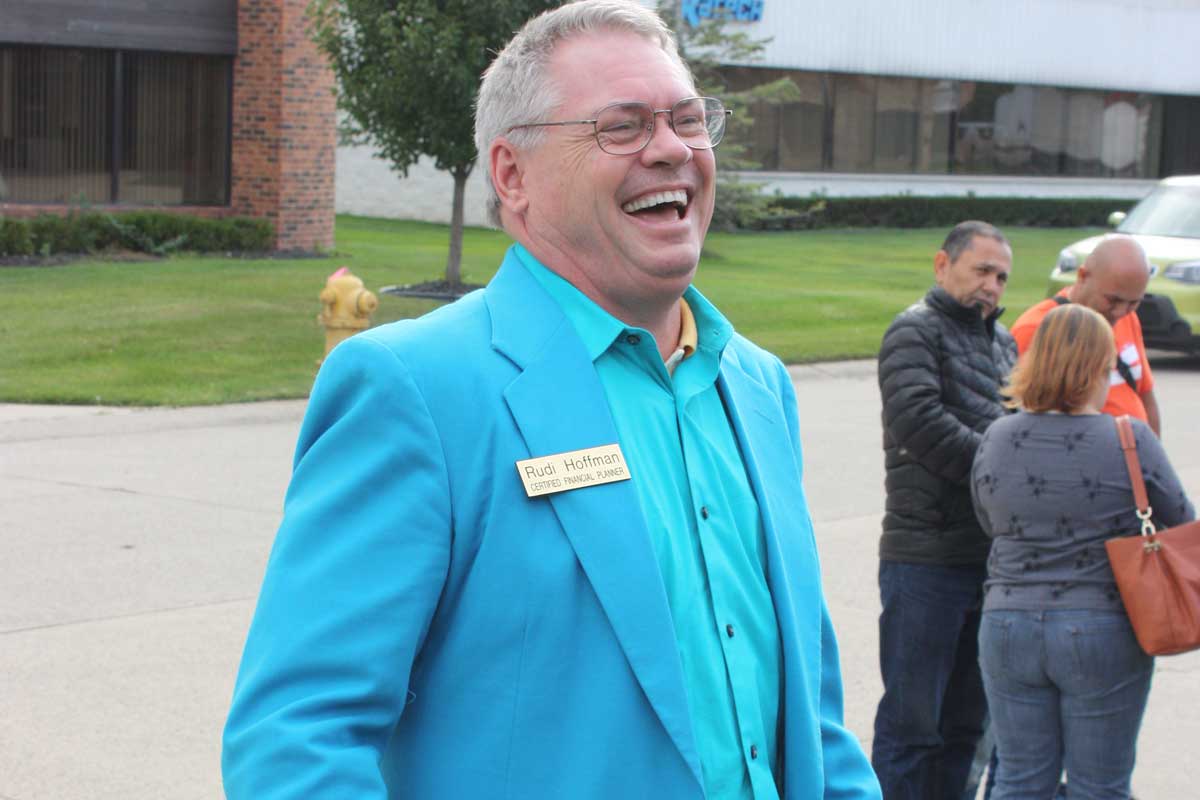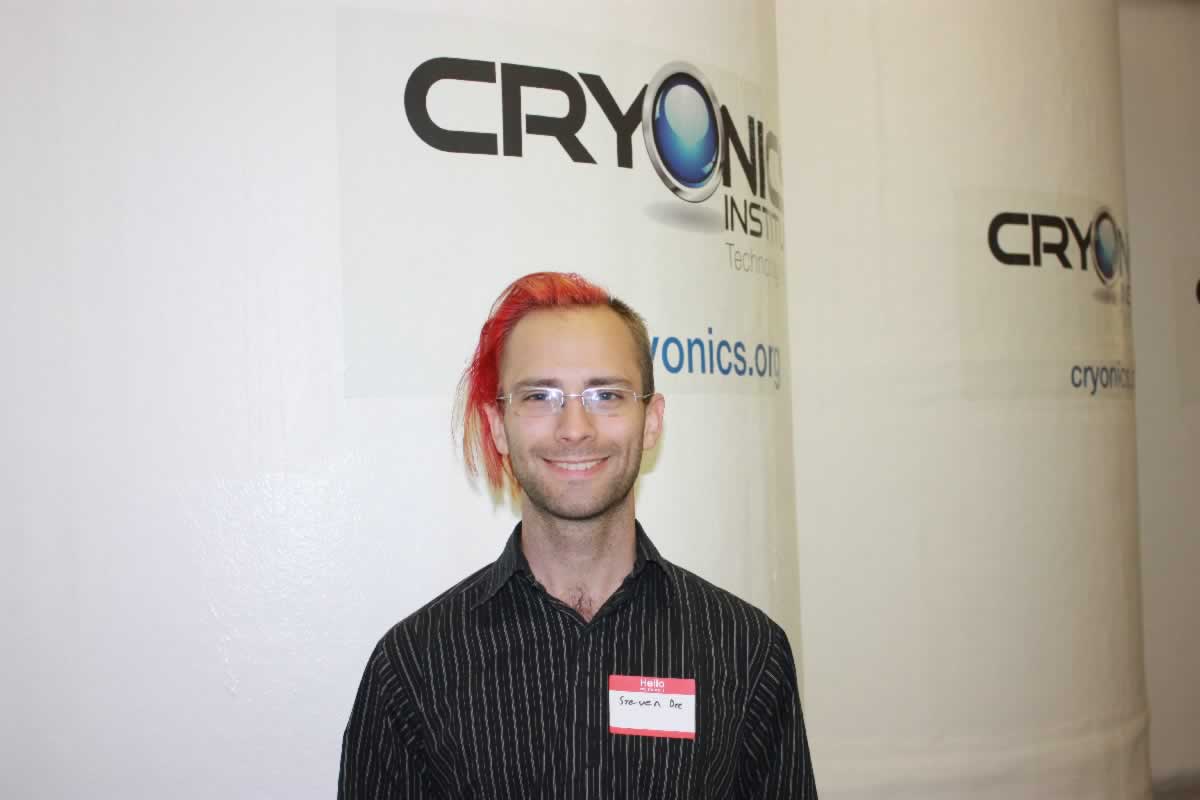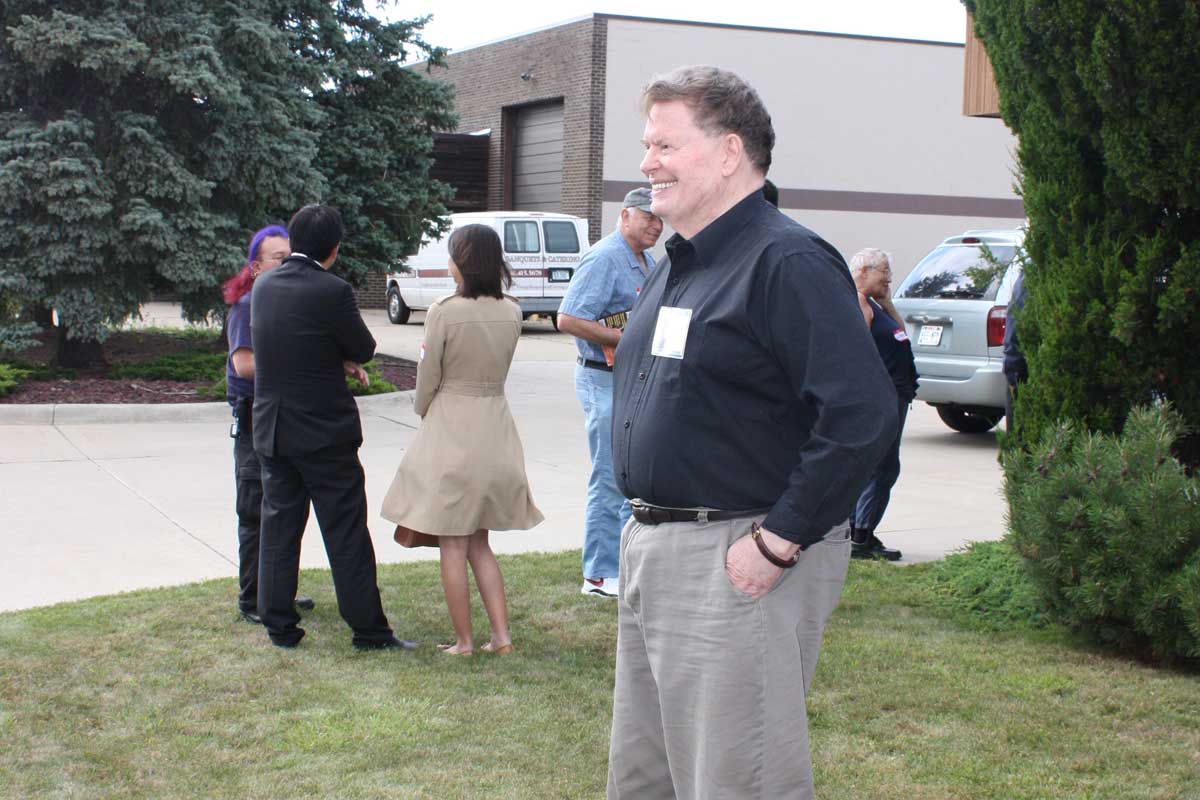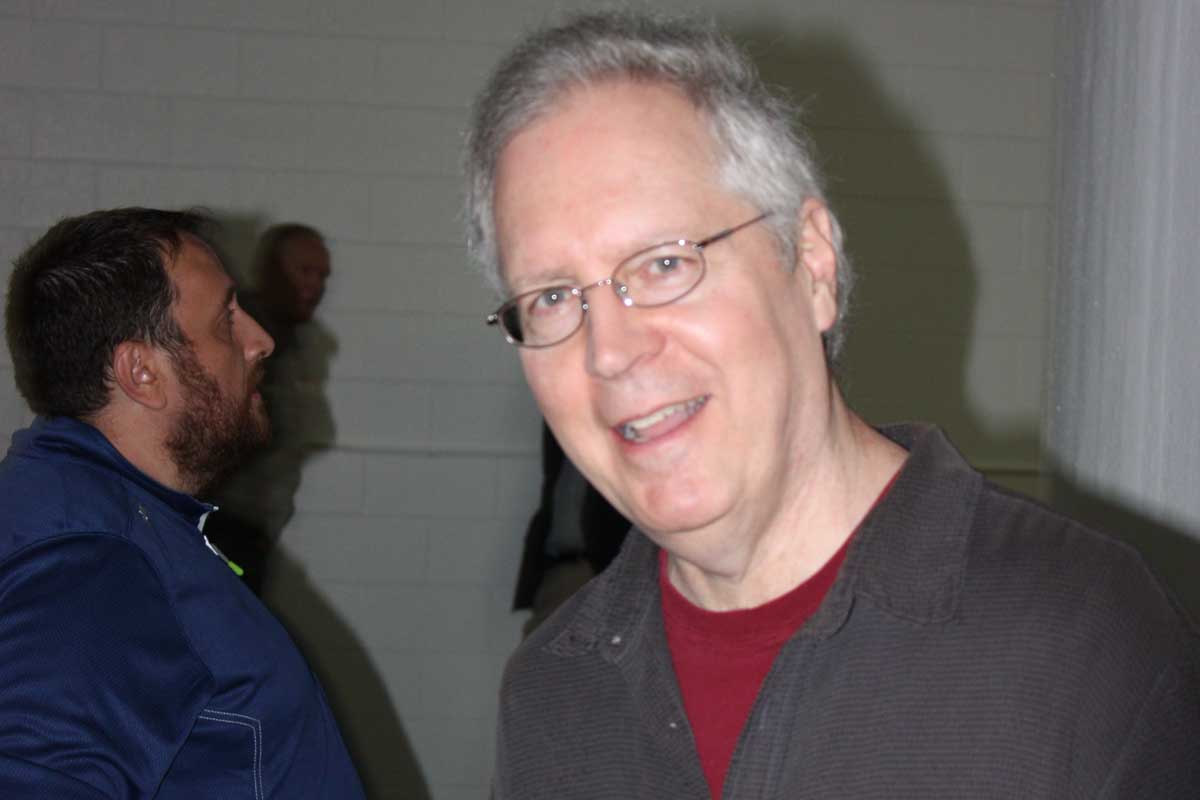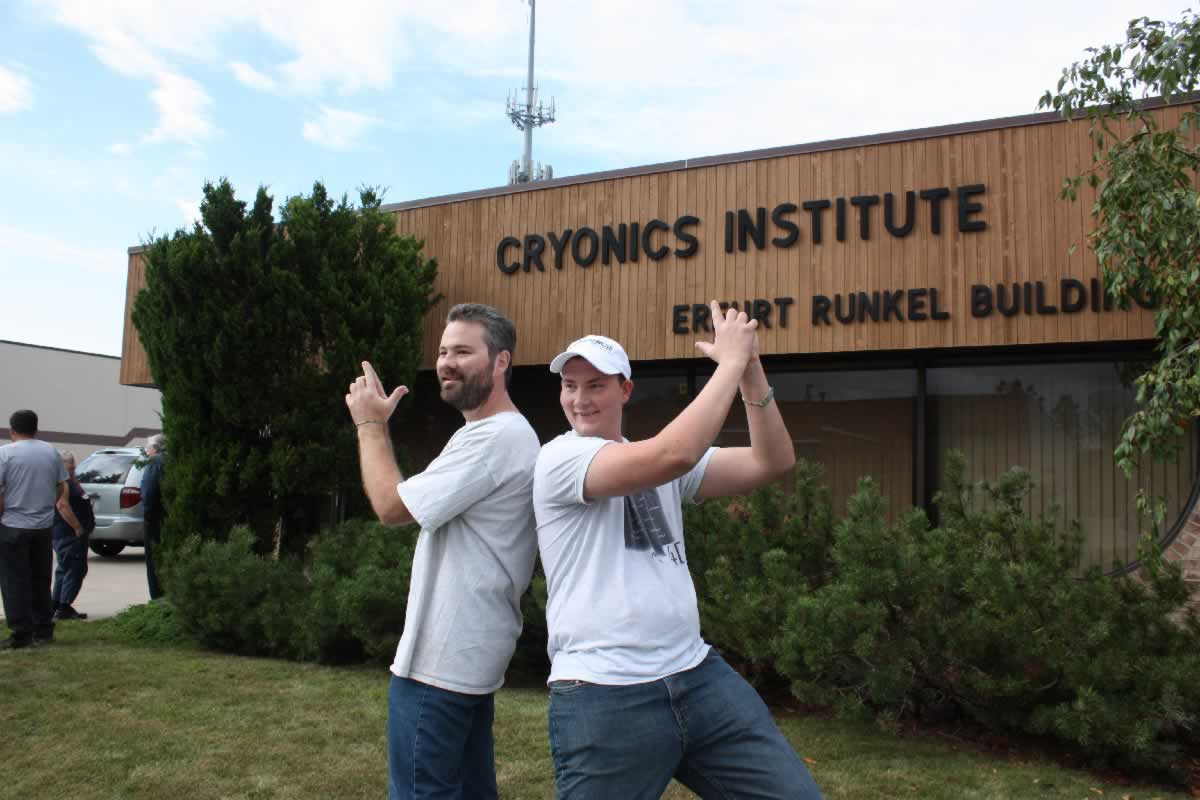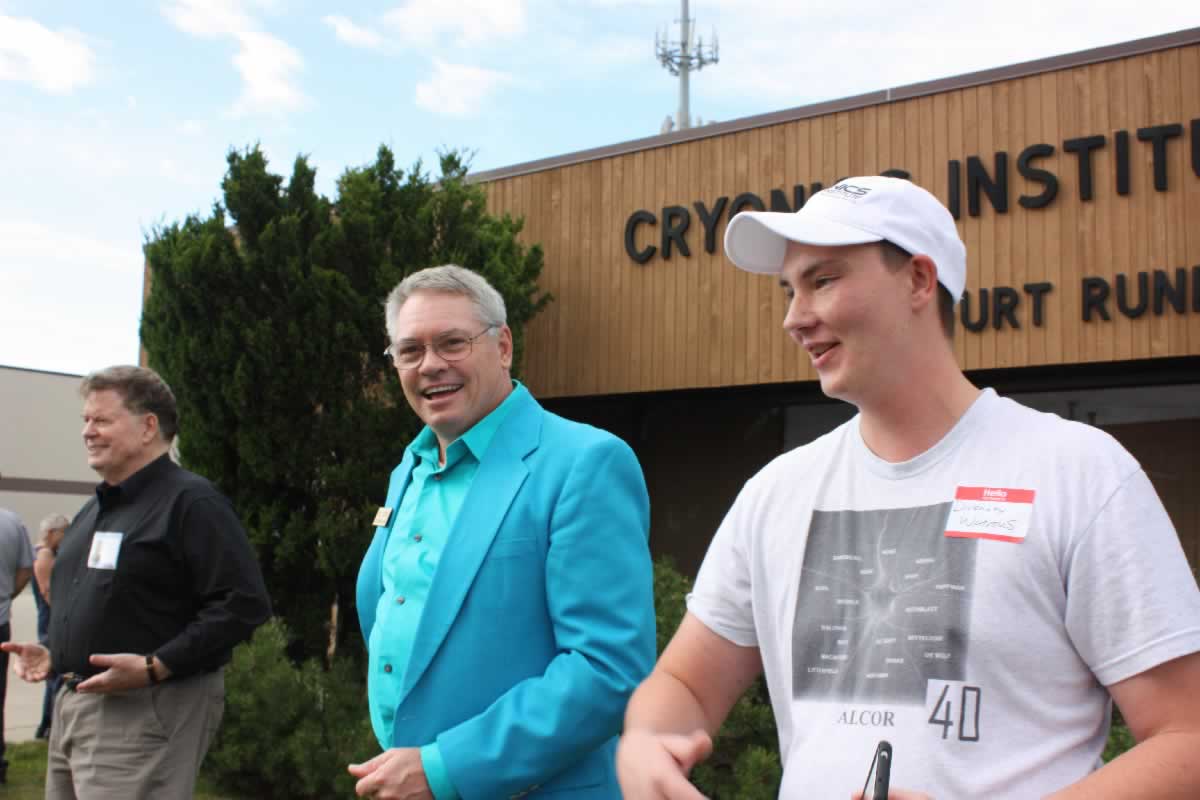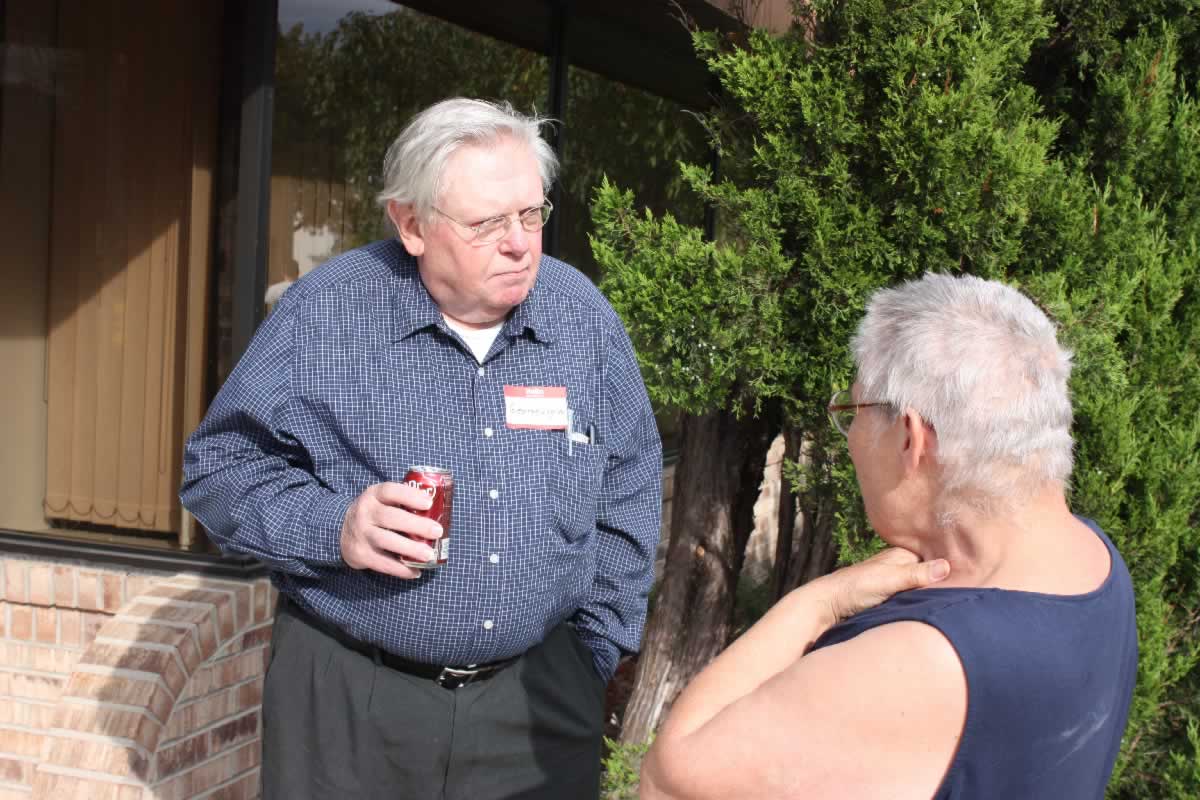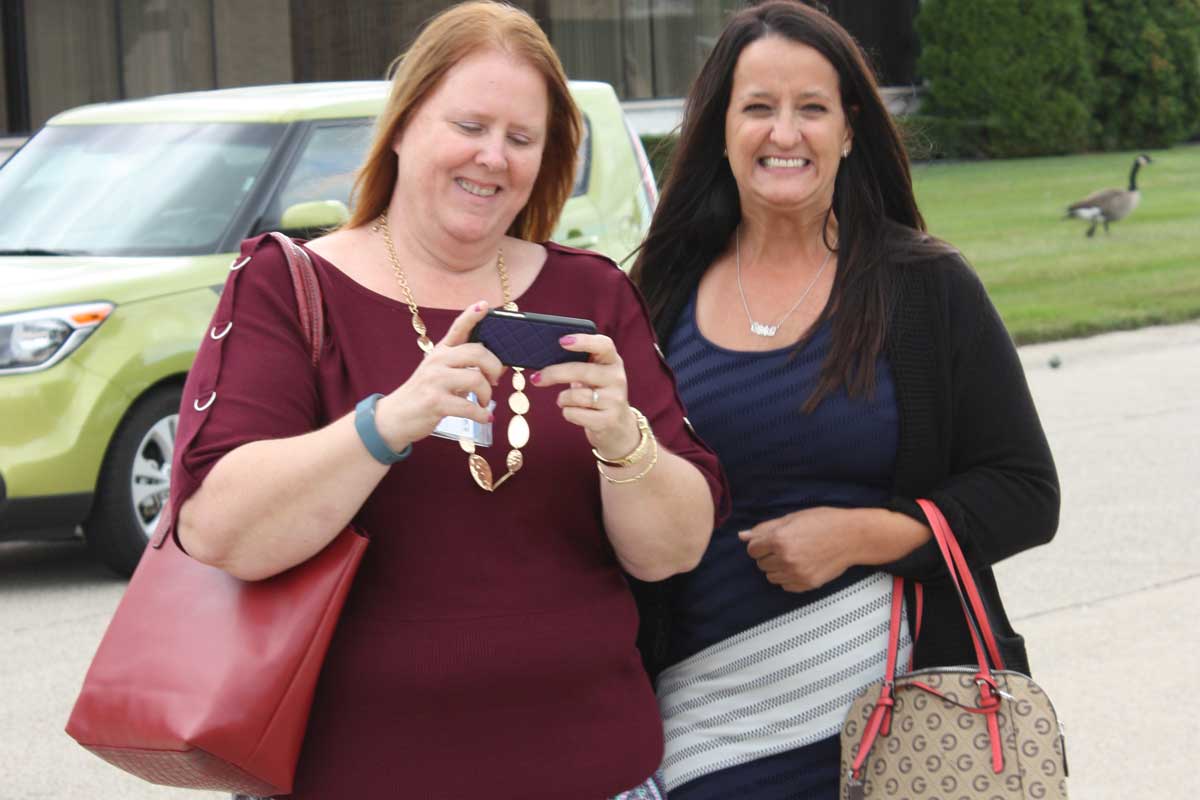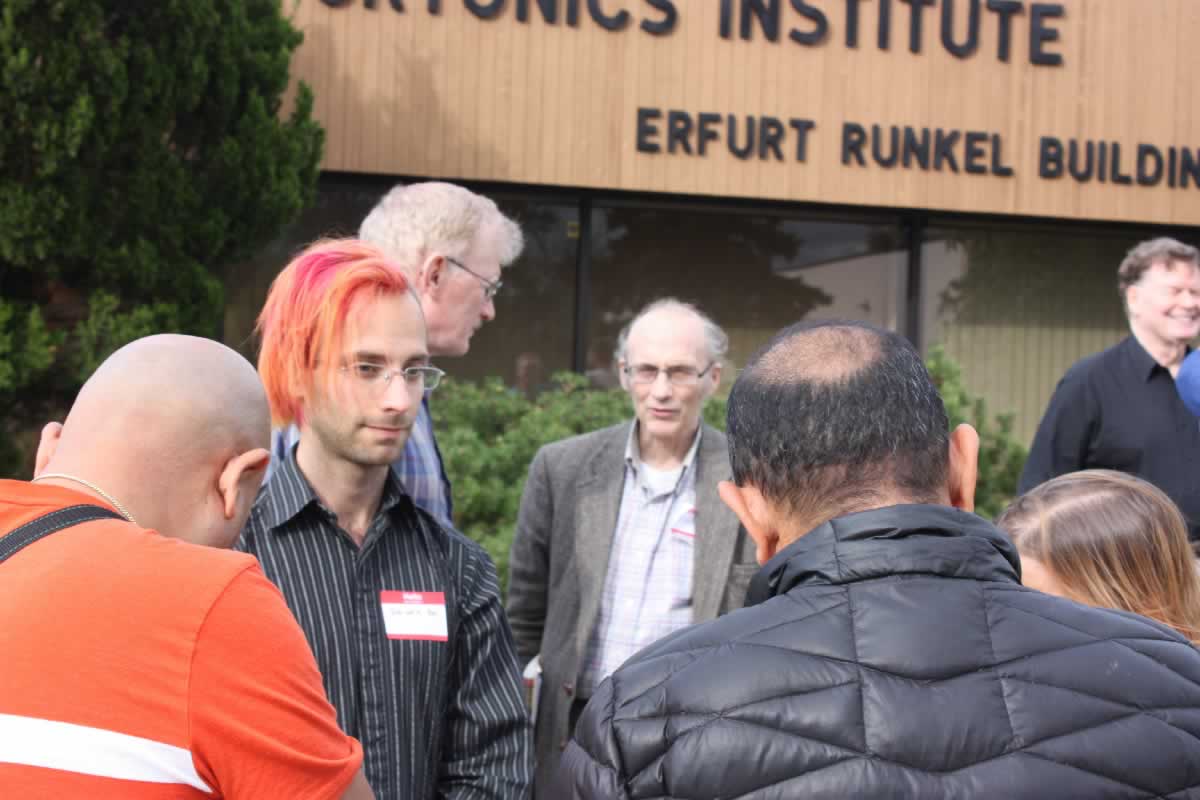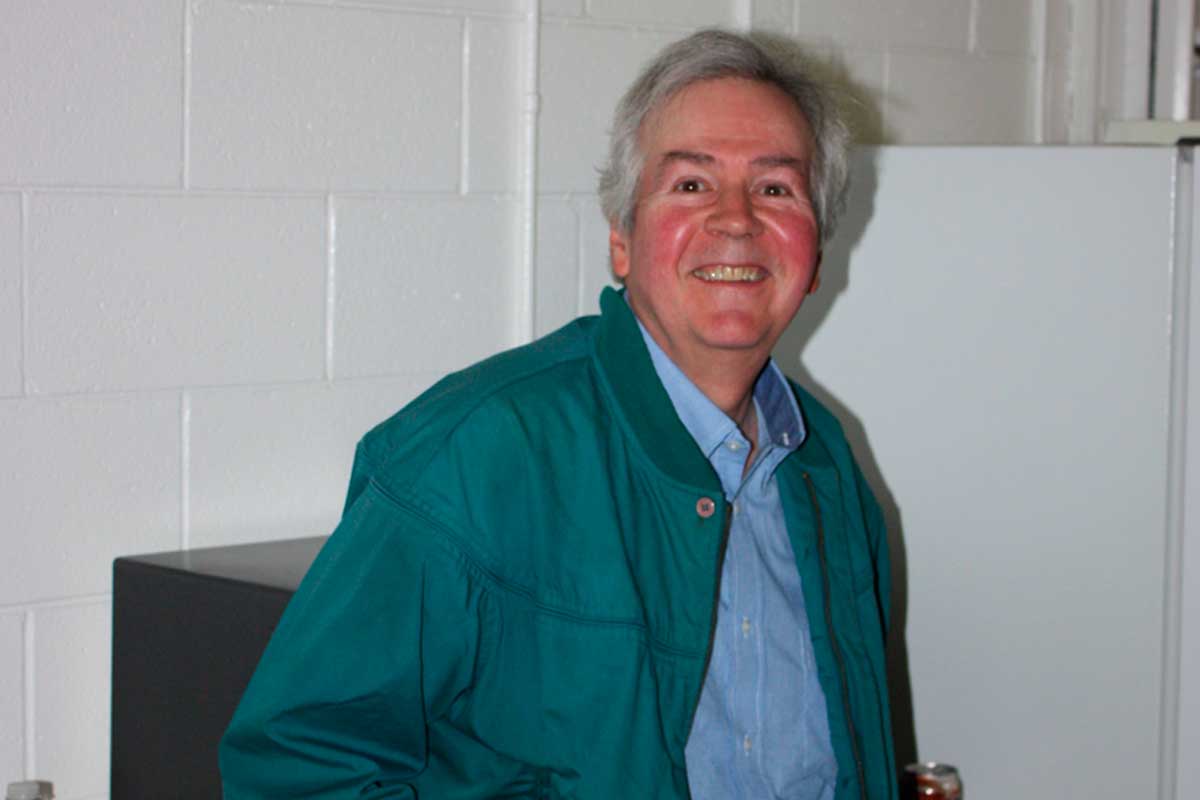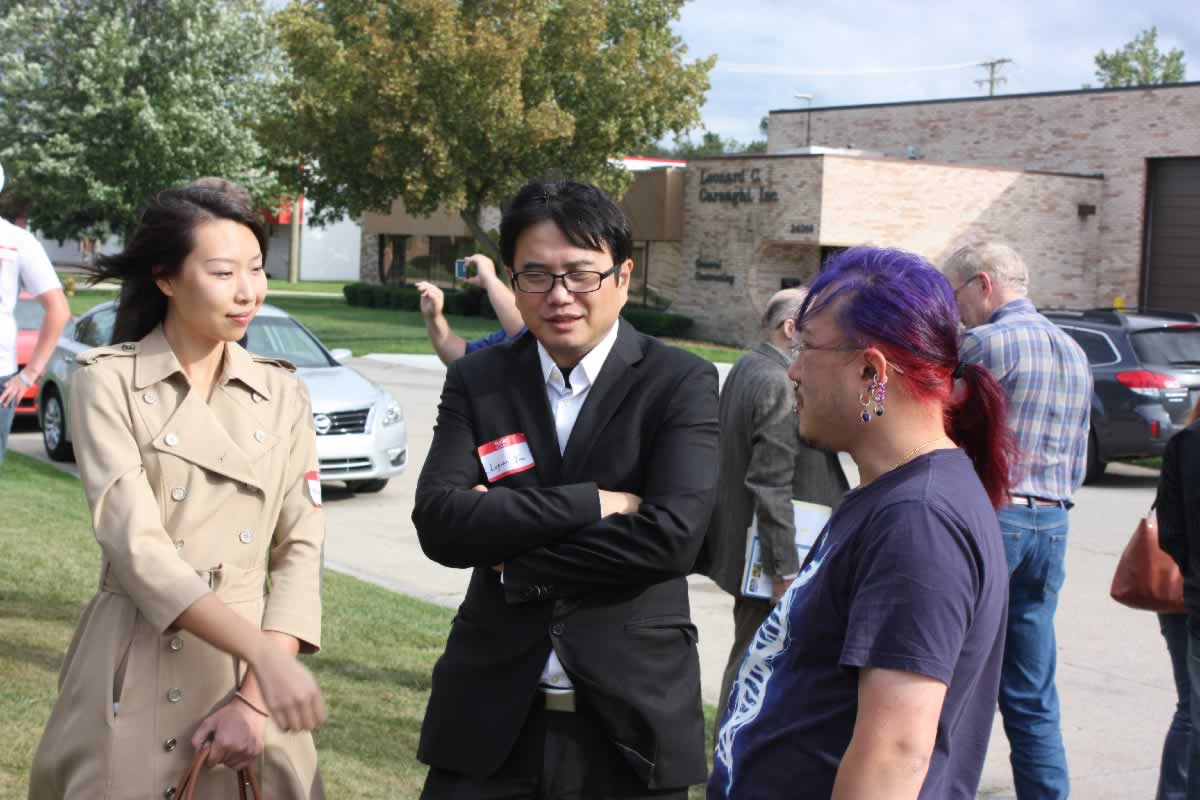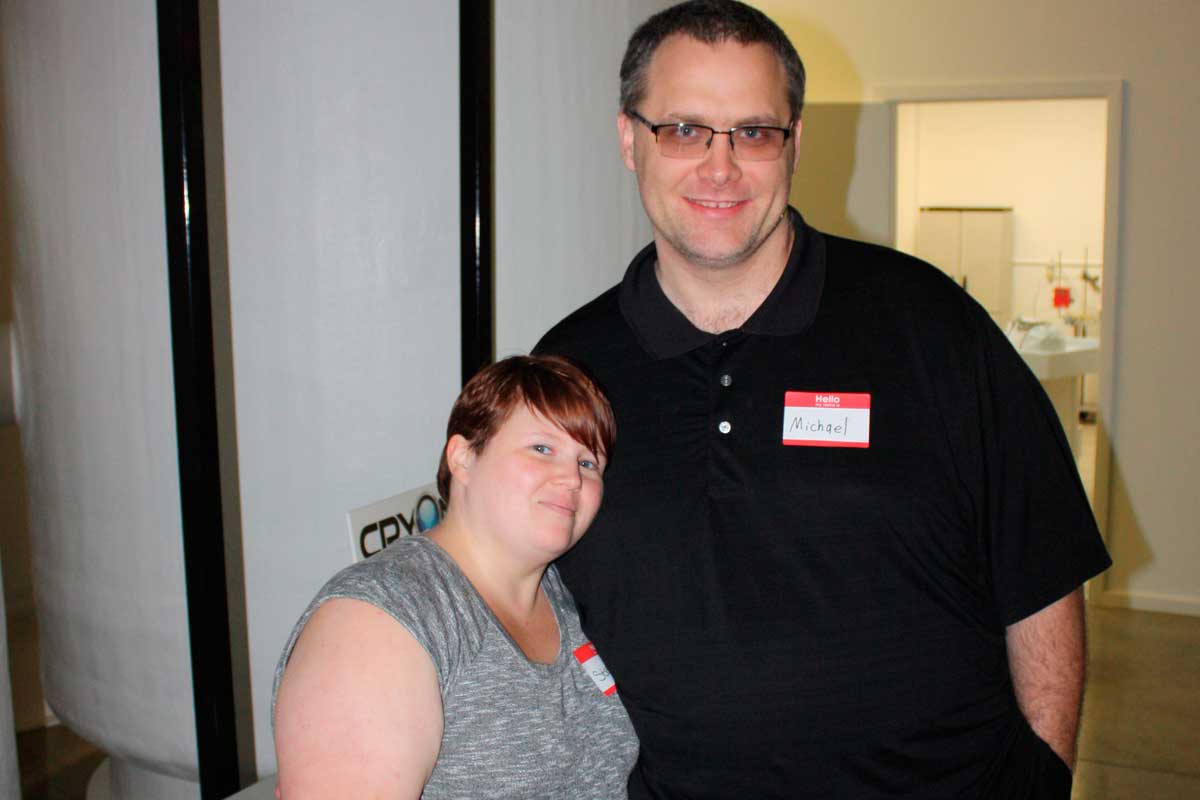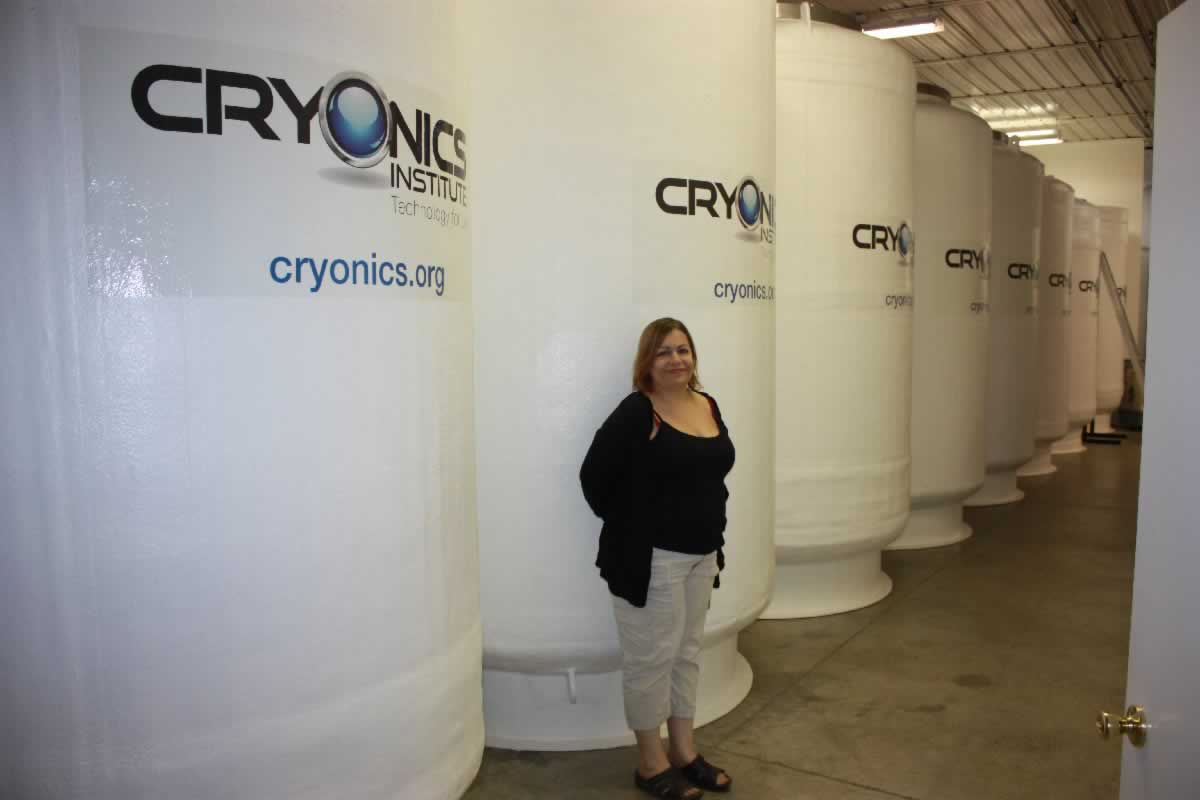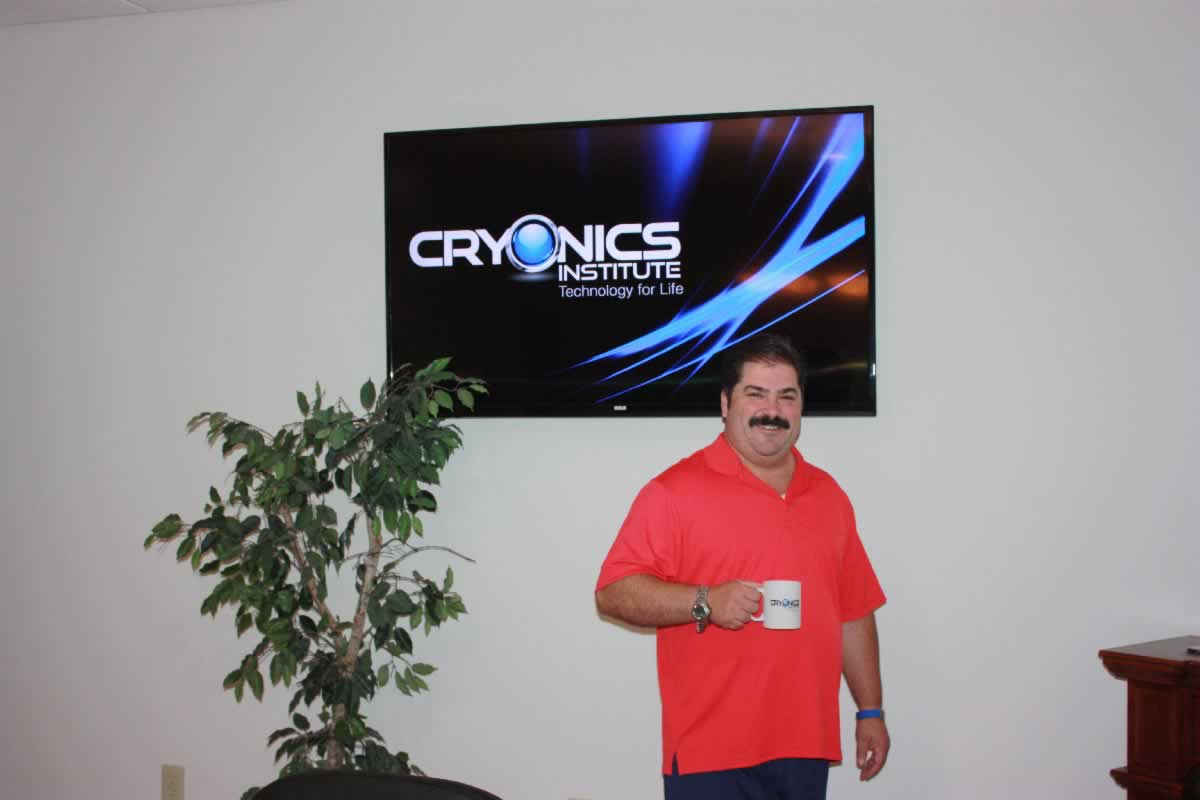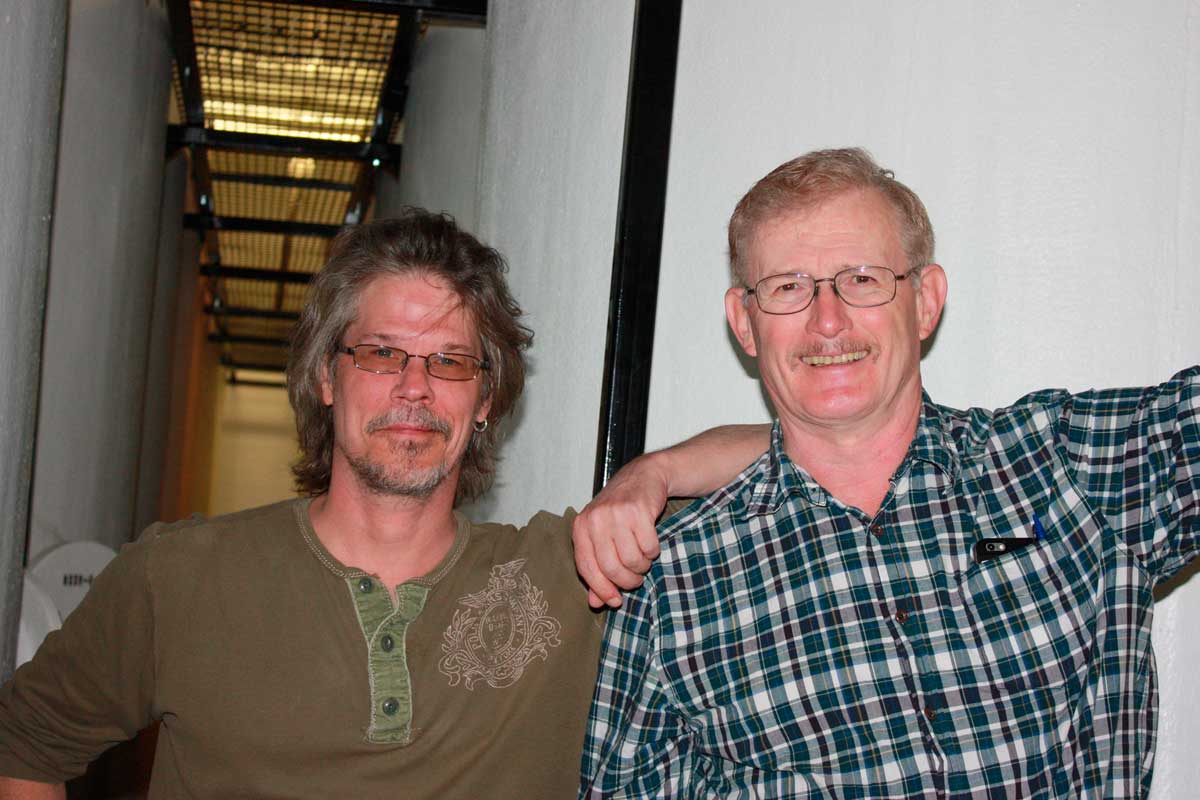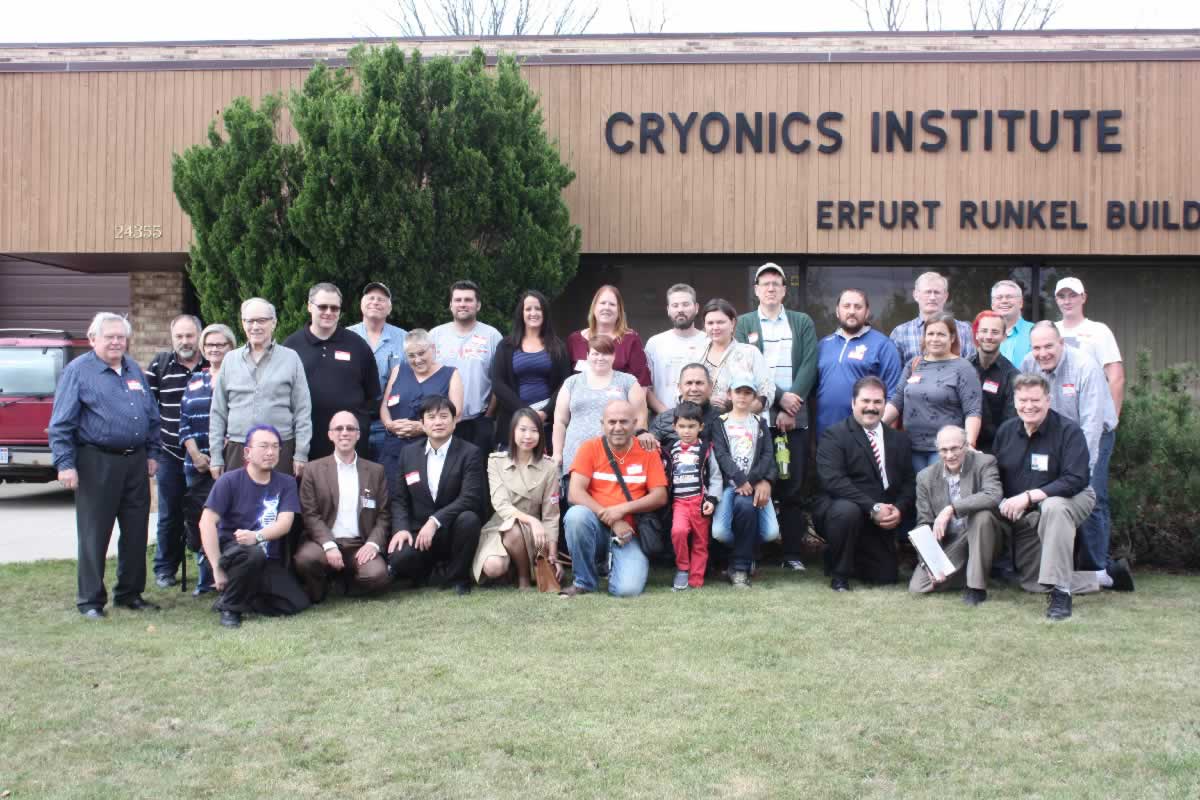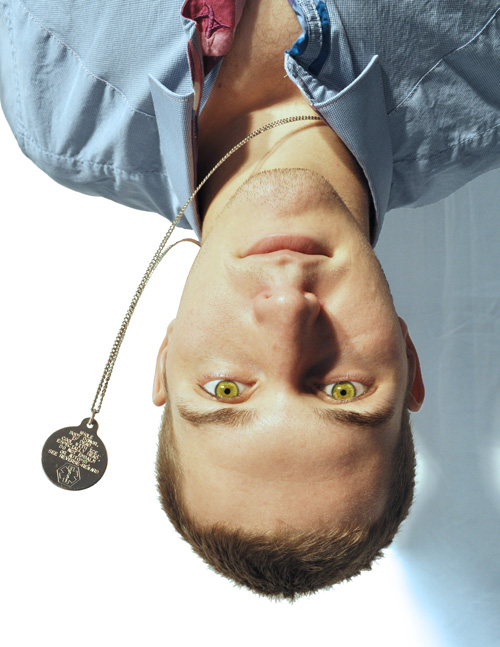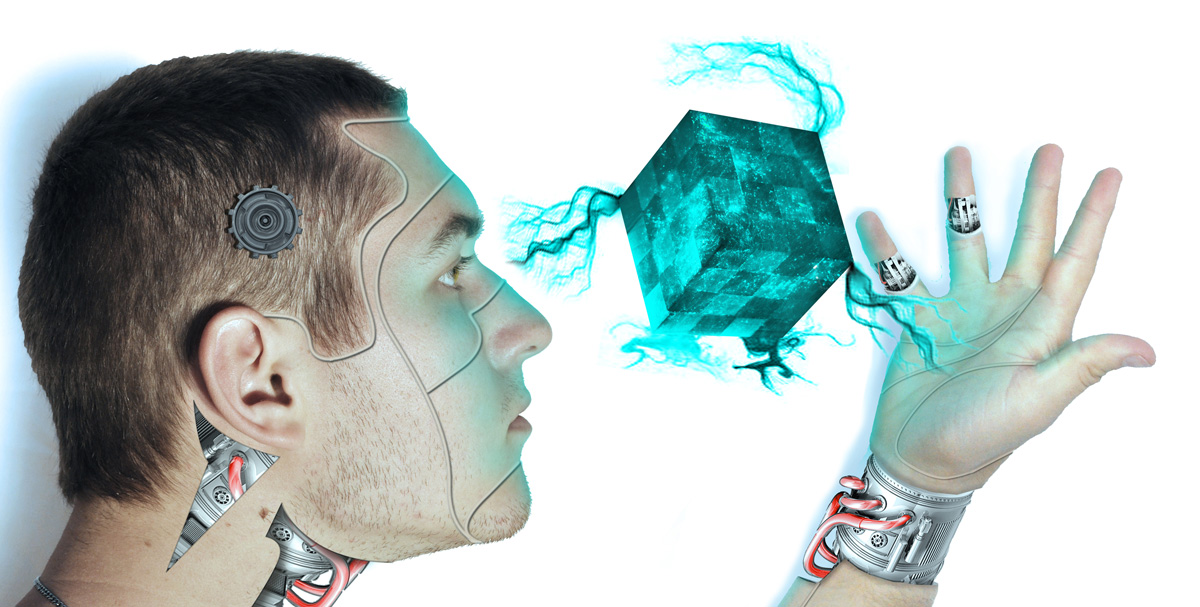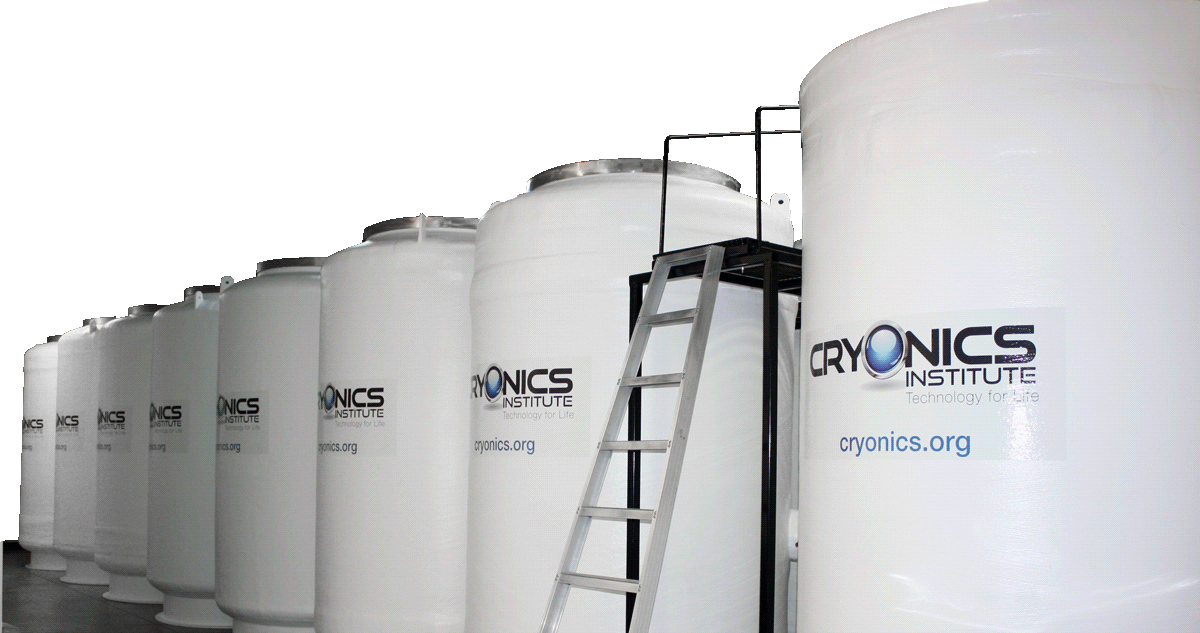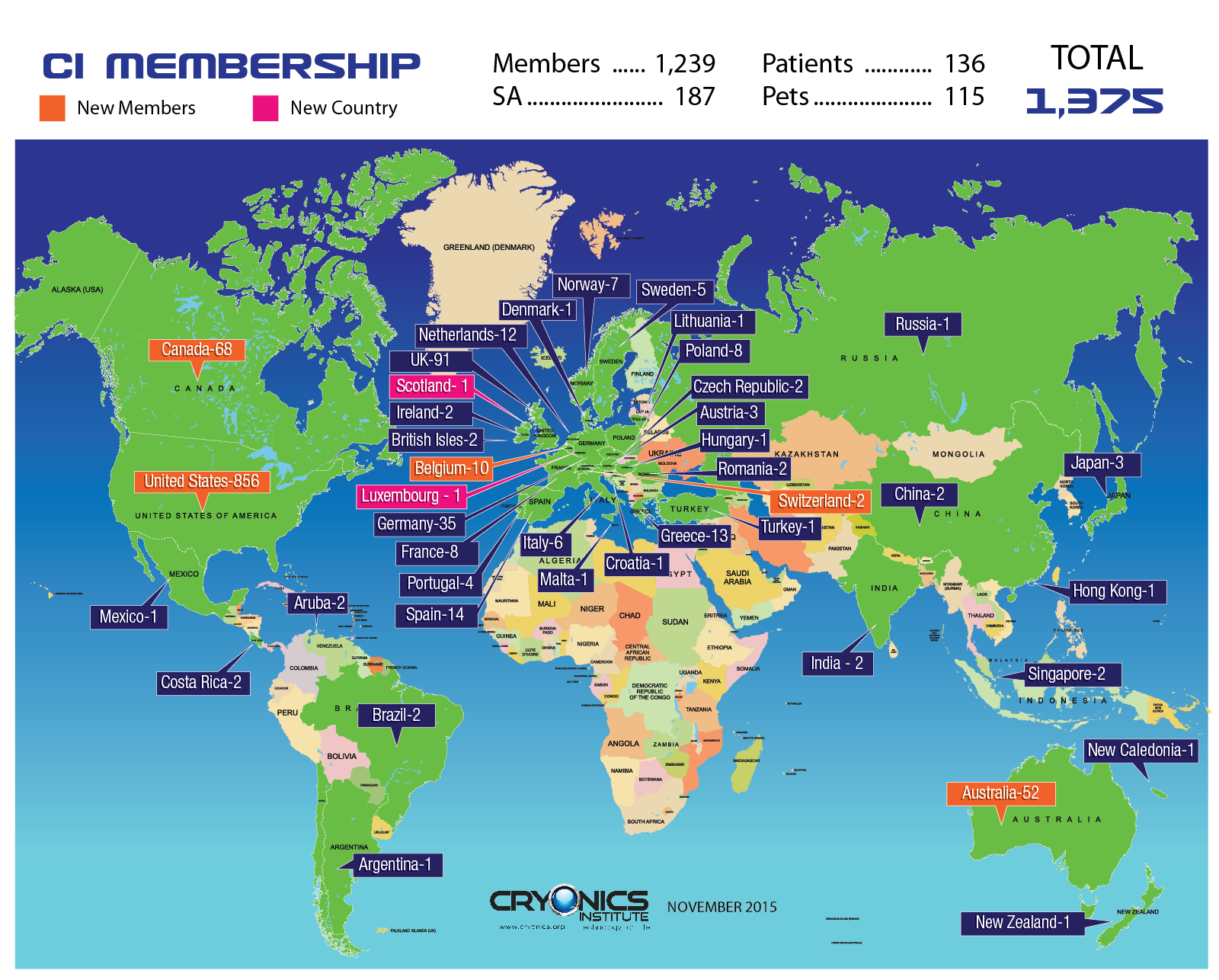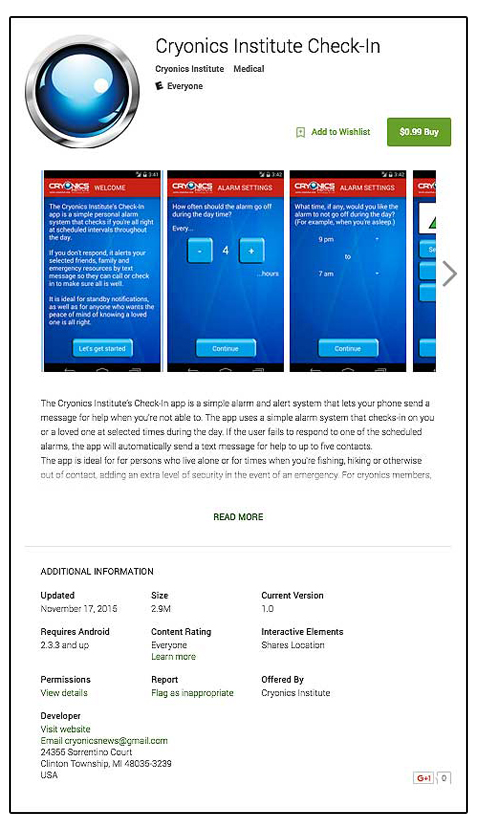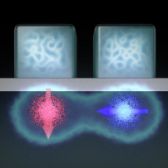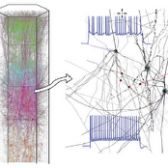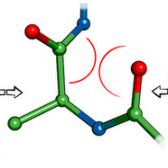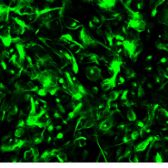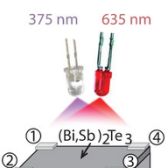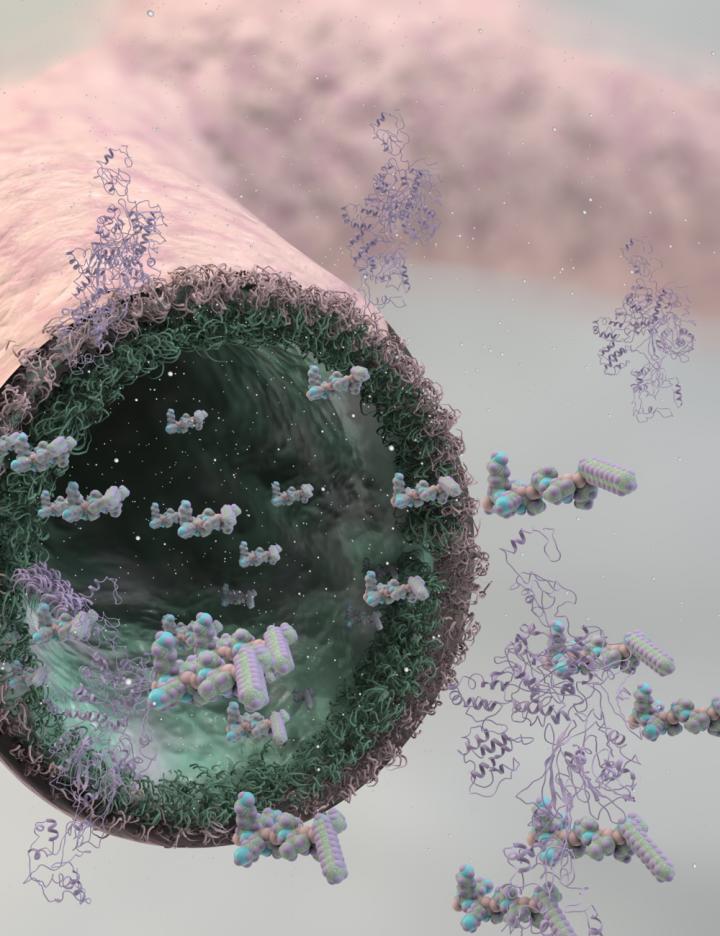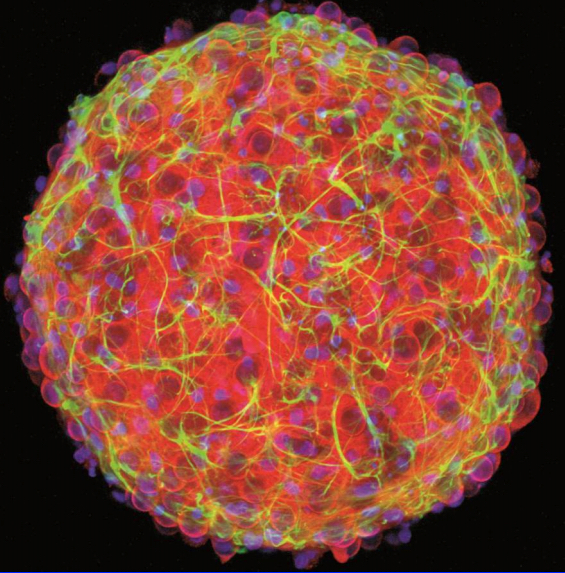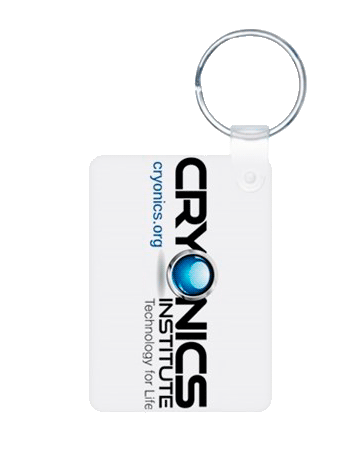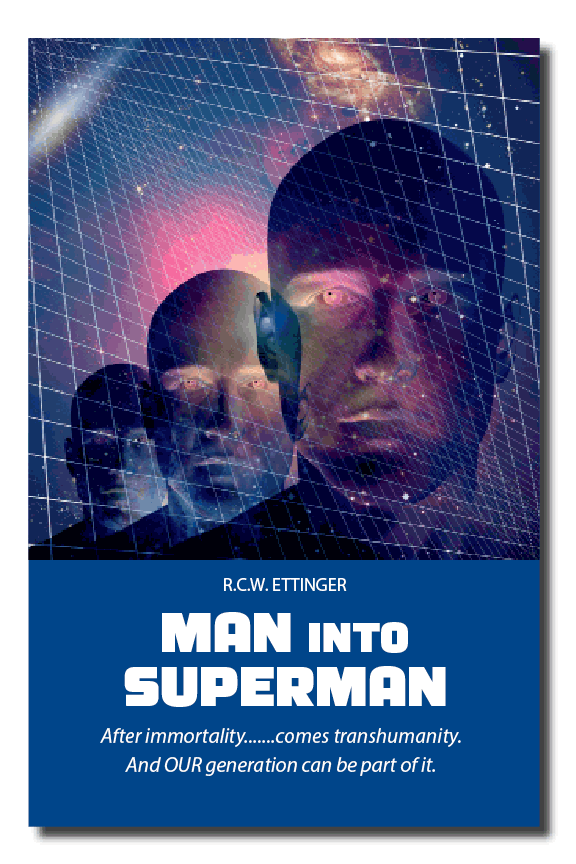3
From Gilgamesh to Olaf Stapledon
I will break the door of Hell, and smash the bolts;
I will bring up the dead to eat food with the living,
and the living shall be outnumbered by the host of them.
-The Epic of Gilgamesh
A sampling of legend and literature will show us some curious-and curiously distorted-supermen. They provide some positive clues as to what maybe, and also reveal crucial limitations in previous speculation and aspiration.
Gilgamesh
The oldest of all mythical supermen seems to be Gilgamesh the hero-king; lie apparently dates from Sumer, 5,000 years ago, although the epic has been put together from Babylonian clay tablets of about 650 B C.60 Already we see the central contrast and conflict between men and gods, viz., men are mortal and the gods jealously reserve unending life to themselves.
Although two-thirds divine, powerful and cunning, Gilgamesh cannot wrest from the gods their ultimate treasure. At first lie is full of arrogance and resolution (see quotation above), and he even succeeds briefly in stealing a plant from the bottom of the sea which confers immortality; but this is stolen from him by a serpent. (To this day, serpents can renew themselves by shedding their skins.) At last he is forced to accept the common human fate and the advice of an admonishing goddess:
The life thou seekest thou wilt not find, When the gods created mankind they determined death for mankind; Life they kept in their own hands. Thou, 0 Gilgamesh, fill thy belly; Day and night be thou merry; Day and night be joyous and content . . . Regard the little one who takes hold of thy hand; Enjoy the wife in thy bosom.
Thus the very earliest literature already confronts the principal problem of humanity to date-mortality-and exhibits both modes of response: resignation and rebellion, apologism. and prolongevitism. (The latter term, coined by Professor Gerald J. Gruman, refers to the will to prolong life by human effort.) (60)
Nietzsche & Orwell
Friedrich Nietzsche was the man who popularized the term 11 superman” (übermensch), and who became a patron Saint of the Nazis; he was a creature of many contradictions in his person and in his writing. It is as easy to demolish his illogic as to admire his literary bravura, but this is not our primary interest, which rather concerns any new or constructive ideas he may have had concerning the purpose of life and the quality of the superman.
The Nazi version of the Master Race was indeed close to Nietzsche’s take-off point in delineating superman; he spoke of “. . . blond beasts of prey, a race of conquerors and masters. It is interesting to note, however, from our place in history, that he regarded not the Germans but the Russians as the archetypical blond beasts of Europe, and said, “A thinker who has at heart the future of Europe will in all his perspectives concerning the future calculate upon the Jews and the Russians as above all the surest and likeliest factors in the great play and battle of forces.”’ (31)
The superman has first of all the will to power:
What is good?.. . To be brave is good.... What is good? All that increases the feeling of power, the will to power, power itself, in man. What is bad? All that comes from weakness. (131)
The superman is strong, and his appropriate morality is a Herren-moral, a morality of the master, rather than the prevailing Heerden-moral, the morality of the herd. In the “slave morality” of the Jews and Christians, good and evil are reckoned from the standpoint of those affected by an action, while superman views good and evil from the standpoint of one who effects the action.
Superman is an aristocrat, and although in some writings Nietzsche seems to be postulating a new species of Homo Superior replacing mankind, for the most part he appears to regard superman as an occasional individual among humankind (although he said none had yet been born), and his superman seems to require lesser beings to lord it over. Superman’s habitual mien is said to be one of poise, self containment, and aloofness-aloofness, apparently, from the inferior masses.
All this sounds downright un-American, but it contains some nuggets of truth-specifically that the individual must serve himself, the “Ego whole and holy,” following his own instincts, rather than serve society. So far, so good: Judaeo-Christian morality does indeed have some peculiar inversions of values. But his failure comes not only in his self-contradictions-we should want to sacrifice ourselves for superman!but in his simplism, his massive inadequacy in analyzing motivation and the individual-societal interaction.
George Orwell’s oligarchs in 1984 are not called “supermen,” but they are disconcertingly like Nietzsche’s heroes-they exalt power above all else, and they are the spiritual descendants of the Stalinists, who in turn represent Nietzsche’s blond beasts of Europe. One of Orwell’s characters gives us the ultimate extension of the glorification of one kind of power, in his imaginary totalitarian state:
“The Party seeks power entirely for its own sake. We are not interested in the good of others; we are interested solely in power. Not wealth or luxury or long life or happiness; only power, pure power ... Power is not a means, it is an end.... The object of persecution is persecution. The object of torture is torture. The object of power is power. . . . How does one man assert his power over another? ... By making him suffer. Obedience is not enough. Unless be is suffering, how can you be sure that he is obeying your will and not his own? Power is in inflicting pain and humiliation ... If you want a picture of the future, imagine a boot stamping on a human face-forever.” (133)
In the grotesqueness of this reductio ad absurdum we find the measure of Nietzsche’s shortcoming: he saw only a small facet of the truth. Nevertheless, the best of Nietzsche is very good, and he made an important contribution toward exposing the illusions of the altruists.
Oriental Sages & Saints
Most supermen of history or legend fall into two general categories (each with many subdivisions): the meliorists and the apologists, those who try to subdue or outwit nature, and those who submit or try to accommodate to oppressive conditions. Among the Orientals, these are exemplified respectively by the Taoist hsien and the ascetics of India.
As Professor Gruman tells us, the Taoist alchemists of China consciously aspired to become supermen in an essentially modern sense-by using science to master the forces of nature. To quote one commentary:
“How, then, can he (man) stand coequal with Heaven and Earth? If he seize for himself the secret forces of Heaven and Earth, in order thereby to compound for himself the great elixir of the golden fluid, be will then exist coeval with Heaven and Earth from beginning to end. Such a one is called the True Man.” (60)
The hsien (the word is both singular and plural) was neither beautiful, athletic nor solemn, as is common in Western tradition: he was a shrewd, gnarled fellow, often earthy and humorous. But he supposedly had superhuman although not supernatural-powers. He could control the weather, travel at enormous speeds, change his appearance, or make himself invisible; and to cap it all he had tremendous longevity, if not immortality. The Taoists did not merely daydream; they sought to discover, and in some cases claimed to have found, practical methods of medicine and discipline to attain their goals. Unfortunately, the claims appear to have been somewhat exaggerated.
In various Indian systems, on the other hand, the emphasis was not on satisfying wants but eliminating them, subduing oneself rather than the world, leaching the soul of all restless humors and vain desires.
The best known of the Indian saints is the legendary Siddhartha Gautama, the Buddha. His religion ignored questions of deity and concentrated on achieving serenity through self-discipline; be preached that by attaining Nirvana, the extinction of selfish desire if not of the self, one could escape from the “wheel” of reincarnation and become nothing-or perhaps everything--by an unclear kind of union with the universe.
Such ideas still exert enormous influence in India, although often in perverted form: where Gautama counseled self-discipline, many of the dervishes and yogis following him have advocated mortification of the flesh-sleeping on beds of nails, crouching on the same rock for forty years, etc. Warped and even psychotic as these notions seem to us, they do lead sometimes to extraordinary feats and remarkable control of the body, which can almost be called superhuman.
George Bernard Shaw
For fairly tenuous reasons, one of Shaw’s comedies of manners is called Man and Superman. (54) The only really clear trait be attributes to superman is one we have already noted in myth and legend: pride and aspiration. As Shaw says in his preface, “What attracts and impresses us ... is ... the heroism of daring to be the enemy of God. From Prometheus to my own Devil’s Disciple, such enemies have always been popular.”
The protagonist in The Devil’s Disciple, in his turn, says,
“… I knew from the first that the Devil was my natural master and captain and friend. I saw that he was in the right, and that the world cringed to his conqueror only through fear. I prayed secretly to him; and he comforted me, and saved me from having my spirit broken….”
This is slightly misleading, of course: the operative words are “captain” and “friend,” not “master” except in an archaic sense. Superman welcomes a comrade in arms, and even a temporary leader, but not a substitute divinity, not just a new tyranny for the old. In essence, from this point of view, superman is not the devil’s disciple, but is the devil himself, i.e., the proud and determined spirit who will endure no shackles and accept no limits to his ambition, who will submit to no reins and willingly serve no purpose but his own. As Don Juan says in the dream scene of Man and Superman, “To be in hell is to drift: to be in heaven is to steer.”
As to other qualities of superman, Shaw is mostly vague or negative. For example, in The Revolutionist’s Handbook and Pocket Companion (an appendix to the play Man and Superman), be says:
That the real Superman will snap his superfingers at all Man’s present trumpery ideals of right, duty, honor, justice, religion, even decency, and accept moral obligations beyond present human endurance, is a thing that contemporary Man does not foresee ... he will imagine them, not as true Supermen, but as himself endowed with infinite brains, infinite courage, and infinite money.
Well, brains, courage, and money are all excellent commodities, and for that matter, no one who acquires a large increment of any of these can remain himself. As for the “moral obligations beyond present human endurance,” these seem in Shaw’s imagination to be merely the same old trumpery ideals, the central one being martyrdom for humanity. There are several references to the “Life Force,” and in the preface to Man and Superman Shaw writes:
“This is the true joy in life, the being used for a purpose recognized by yourself as a mighty one; the being thoroughly worn out before you are thrown on the scrap heap; the being a force of Nature instead of a feverish selfish little clod….”
The last quotation above is probably closest to Shaw’s personal view. How do we know? For one thing, there are various warnings about trying to attain superhumanity; in the play, the Devil remarks about “. . . the fool who pursues the better before he has secured the good;” also, “Beware of the pursuit of the Superhuman: it leads to an indiscriminate contempt for the Human.” Furthermore, Shaw’s superman is admittedly desired mainly to perfect our social and political organization, and the author plainly thinks that all this demands is a lot of Fabian-Sbavians.
In fact, G. B. S. explicity says in his preface to Man and Superman:
“. . it is a common practice with romancers to announce their hero as a man of extraordinary genius, and then leave his works entirely to the reader’s imagination.... You cannot accuse me of this pitiable barrenness, this feeble evasion. I not only tell you that my hero wrote a revolutionists’ handbook: I give you the handbook at full length for your edification if you care to read it.”
In other words, as we might have anticipated, Shaw’s superman is Shaw himself. This is quite a letdown, but we had no right to expect anything of the play except entertainment.
The Star-Begotten of H. G. Wells
The greatest speculative writer of his era tackled the superman theme at least three times-in The Food of the Gods, Men Like Gods, and finally in Star-Begotten. Each time he served up a very thin soup, with nevertheless a flavor worth tasting. As needs must, he acknowledged the near-paradox of man trying to foresee superman:
“Let us admit,” said Keppel, “that this is attempting the most impossible of tasks. The hypothesis is that these coming supermen are stronger-witted, better-balanced, and altogether wiser than we are. How can we begin to put our imaginations into their minds and figure out what they will think or do? If our intelligences were as tall as theirs, we should be making their world now ... You make me feel like the sculptor’s dog trying to explain his master’s fife to the musician’s cat.” (178)
He also took a few roundhouse swings at the vulgarity and simplism of most attempts to read the future:
“… what do you find in all these Utopias and Visions of the Future of yours? ... First of all caricatures of current novelties-skyscrapers five thousand feet high, aeroplanes at two thousand miles an hour, radio receivers on your wrist-watch ... attempts to be startling in artistic matters ... odd little fancies about sex relations ... But these people of the future are invariably represented as being-I put it mildly-prigs and damned fools ... They are collectively up to nothing ... They have apparently made no advances whatever in subtlety, delicacy, simplicity ... They never say a witty thing; they never do a charming act. The general effect is of very pink, rather absurdly dressed celluloid dolls living on tabloids in a glass lavatory.”
He was wrong to sneer at gadgetry, which is an essential part of our salvation. We already have the two-thousandmile-per-hour planes, and will soon have the wrist radio; they are not just toys or status symbols. But he was right in calling for more subtlety and delicacy in postulating superman, and made an effort at least to hint at some possible transhuman traits: “(They will move) easily and gracefully, as one does who has no conflicting nervous impulses . . . They will be much more alive to things . . . immensely amused ... They will be busy, laughing people.” Rather frail hints, yes, but not completely empty. And in at least one passage Wells gives us a little thrill of wonder with an explicit bit. The protagonist is talking with his wife, a “Martian,” i.e. someone mutated by cosmic rays directed on earth by an alien intelligence:
At first that “fey” was a fantastic exaggeration and then it became more and more an observation ... She did not want to go (to the concert). “You used to like music.” “But I have heard music, dearest.” “Heard music? My dear, what a queer way to put things!” “. . . I’ve a feeling that I’ve done with music ... If one has taken music in-hasn’t one taken it in?”... Even with friendship, even with love, she had that same flash of interest, that rapid appreciation, and then she turned away. To what?
To what, indeed? And why should turning to something new necessarily imply the turning away from the old, even if the new is in some sense greater? An acrobat can enjoy a simple stroll; a French chef can savor simple foods. Even this one tiny vision Wells offers is probably illusion. Yet clumsy as his hints may be, he does evoke exciting feelings; be does bring superman a trifle closer to emotional reality.
Olaf Stapledon
The Epic of Gilgamesh comes to us from the relatively recent past, and while some of its concepts are on a scale of cosmic grandeur, it is generally earthbound. The epics of Olaf Stapledon span galaxies of space and giga-years of time, his novels comprising “future histories” that are in some ways unmatched in scope.
Written from 1930 to 1950, Stapledon’s efforts by the calendar belong to the modern era of science fiction (dating from the old Amazing Stories magazine of Hugo Gernsback, beginning in 1926), but Stapledon does not convey a modern flavor; there is something distinctly quaint and old-fashioned in his writing, in both the approach and the particulars. None the less, he may have contributed more than any other single writer to concepts of superman.
To begin with, besides conveying a sense of wonder and awe with unusual effectiveness, be tried repeatedly to remind us of the open-endedness of life and the mounting magnitude of future challenges, as opposed to the stagnant utopias of many authors: “The mental and spiritual advances which, in your day, mind in the solar system has still to attempt, are overwhelmingly more complex, more precarious and dangerous, than those which have already been achieved . . . Out of every victory shall come that which makes a greater struggle necessary.” (161)
Like many others, he tended to emphasize ethical and emotional aspects of superman; but unlike most others, he sometimes managed to pin down a few particulars, if not in full, at least in hints. One of his stories concerns a superdog-as capable as man intellectually, but trapped by his still canine nature. His “Second Men”-the first in a chain of successors of homo sapiens-have a generalized emotional and aesthetic sexuality and other differences: “. . . the lusty admiration which at first directs itself solely on the opposite sex is the appropriate attitude to all the beauties of flesh and spirit in beast and bird and plant.” Parental interest is also universalized, and there is a “…. . passionate spontaneous altruism ... wars were so hampered by impulses of kindliness toward the enemy that they were apt to degenerate into rather violent athletic contests, leading to an orgy of fraternization.”
Occasionally he managed a strikingly concrete example of alien attitudes, as when he mirrored our sexual neuroses in those of another society, one in which the act of eating is both sacramental and shameful, something to be performed only in private and never mentioned in polite society:
He saw with the mind’s eye an early Neptunian couple engaged upon an act which to them was one of shocking licentiousness and excruciating delight, but to the Terrestrial eye was merely ridiculous. This guilty pair stood facing one another, their mouth-aprons removed. From mouth to crimson mouth there stretched a curious fruit, not unlike a much-elongated banana. With mobile lips both he and she were drawing the object into the mouth, and eating it progressively. They gazed into each other’s kindled eyes, their cheeks aflame. Clearly they were both enwrapped in that exquisite sweet horror which is afforded only the fruit that is forbidden. (161)
While this has serious flaws, it has the inestimable virtue of being definite. Elsewhere, he often presents his suggested superhuman traits in name only, with nothing of detail or consequence. His “Fourth Men” are great brains forty feet in diameter, who nevertheless do not seem very bright. His “Fifth Men” are built of improved bone, muscle, and nerve tissue, but of unspecified capabilities; much worse than this, their faculty of telepathy is almost totally unexplored in its implications. (Later writers, to be sure, have not done much better; this is an immensely rich lode for someone willing to do some real work.)
In general, Stapledon is very weak in technology, gadgetry, biology, and psychology. As a writer, be can neither plot nor characterize. In short, he is little more than an amateur philosopher. Yet he grappled manfully with themes that intimidated those better qualified; he forged ahead where the professional hung back or turned aside. He insisted that there is a Big Picture, and he took it seriously. If there is something slightly Quixotic about the mismatching of his goals and capabilities, still he deserves our respect and gratitude.
Sherlock Holmes & Nero Wolfe
Detective stories have given us many supermen. Lately they tend to be superhuman mostly in the hardness of their skulls (being knocked unconscious at least once in every adventure, with nary a concussion) and in their ability to handle alcohol and women. A few, however, have shown talent that is not clearly bogus; probably the best known is the eccentric genius of Baker Street.
Of Holmes’ personality traits, the outstanding is vanity; he is always posturing and soliciting flattery, as Dr. Watson frankly concedes. In fact, we get the impression that Holmes has chosen his tawdry and ill-paying profession because it gives him endless opportunity to strut and to humiliate others, both colleagues and criminals. We may again dubiously reflect: Does the superman require a foil? If a legitimate foil (the criminal) were lacking, would he seek victims elsewhere? Could be tolerate a world full of peers?
As to Holmes himself, it is doubtful; still, vanity is not his only motivation-another is the legitimate one of selfactualization, the employment of his powers and skills. These stem mostly from memory, perceptivity, and deductive reasoning.
His memory is amazing, but selective: he knows the characteristic appearance of the ash from every brand of cigar, but nothing of literature or astronomy. “You see, I consider that man’s brain originally is like a little empty attic, and you have to stock it with such furniture as you choose ... It is a mistake to think that that little room has elastic walls and can distend to any extent ... there comes a time when for every addition of knowledge you forget something that you knew before.”
Holmes’ perceptivity never comes across very clearly. It is partly training; the detective has schooled himself to notice such things as a man’s fingernails, coat-sleeves, boots, trouser-knees, shirt-cuffs, the callosities of his forefinger and thumb. He even makes a practice of counting the stairs in every staircase he climbs, and twits Dr. Watson for overlooking this! (There is some pretty queer furniture in that little attic.) But the perceptivity also depends on natural talent, and is largely unexplained. Holmes can “. . . by a momentary expression, a twitch of a muscle or a glance of an eye, fathom a man’s inmost thoughts.” Unexplained, but fair enough. In 1970, a book appeared called Body Language, which attempts to make explicit some of the ways in which we can “read” people; it isn’t easy.”
As to Holmes’ famous faculty of “deduction,” this is the core of Doyle’s writing success: in each story he bravely spells out the workings of the detective’s genius for the reader to admire. Naturally, these chains of inference are ridiculous, for example:
I knew you came from Afghanistan ... Here is a gentleman of a medical type, but with the air of a military man. Clearly an army doctor, then. He had just come from the tropics, for his face is dark, and that is not the natural tint of his skin, for his wrists are fair. He has undergone hardship and sickness, as his haggard face says clearly. His left arm has been injured. He holds it in a stiff and unnatural manner. Where in the tropics could an English army doctor have seen much hardship and got his arm wounded? Clearly in Afghanistan. The whole train of thought did not occupy a second. I then remarked that you came from Afghanistan, and you were astonished. (38)
Although the links of logic in Holmes’ chains of reasoning have the strength of limp spaghetti, the principle is correct: a keen sense of relatedness, and the confidence to use it will be an important part of the intellect of any respectable superman.
Rex Stout’s super-detective, Nero Wolfe, is a little more convincing than Sherlock Holmes, and more amusing, although there are many points of similarity or analogy. Wolfe is fat rather than lean, and addicted to orchids rather than cocaine; Holmes tends to asceticism, Wolfe to self indulgence; both are misogynists, probably to simplify the storytelling. Wolfe’s vanity is equally monumental; his assistant, Archie Goodwin, tells him. “You regard anything and everything beyond your control as an insult,” which is really a very impressive comment, in a low keyed way.
Wolfe’s memory is even more phenomenal than Holmes’, and with no nonsense about overcrowding the attic. The fat man can recall long conversations verbatim. On one occasion he found it necessary to know a telephone number that had been dialed in his office; although he had paid no particular attention at the time, he was able to recall the occasion to mind, remember the sounds of dialing, and reconstruct the number from the remembered sounds! This is.delightful, and the author must have a bit of genius himself to imagine such a thing.
Of course, the reader is convinced of Wolfe’s genius more by intimidation than persuasion: witticisms, ten-dollar words, bits of arcane information concerning French cuisine-these tend to overpower us. As for bard-core performance, instead of Holmes’ chains of inference we have flashes of insight, associations of ideas more tenuous or more remote than a non-genius would entertain. In one story, for example, be was led to the identification of a culprit by a slight similarity between the true and assumed names. (162) This is fair enough, even if particular examples are dubious, this is a proper attribute of superior man.
Modern Science Fiction
Sorting out the supermen of modern science fiction is a staggering task, and there is no pretense here of fairness, let alone completeness; only a very few that are useful and accessible are touched on. There is endless duplication, often with trivial variations; who has priority or who is most innovative is difficult to decide.
We must remember also that superman is not the only theme in science fiction, and some of the best writers have bad indifferent success with it. Robert Heinlein, for example-in my opinion the best of living science fiction writers-has never produced any notable supermen, except for the very modest extrapolations in Beyond This Horizon. (71) His most ambitious effort, the human Martian in Stranger in a Strange Land, was an absurd hodge-podge of mysticism and occult powers.
In 1939 The New Adam by the late Stanley G. Weinbaurn was published, and by his own account intended to produce a classic which would avoid the error, which he attributes to Nietzsche and Wells, of merely accentuating human qualities . (75) The product is nearly a total catastrophe, the one touch of originality being the double mind of the superman: he can follow two trains of thought at once, see both sides of a question simultaneously-although he has a single identity-and can engage his two minds separately or in conjunction. This is somewhat intriguing in potential, but the theme is only stated and never developed. (Something vaguely like Weinbaum’s superman has actually been created, by surgically splitting the brain of a monkey, which then can carry on two different tasks at once.”’ The surgical fusion or separation of identity or of consciousness remains one of the most important problems of biology and philosophy.)
In the forties, A. E. van Vogt gave us Slan!, one of the grand-daddies or godfathers of a huge and still proliferating clan of supermen, whom we might characterize as the white-hat cowboys of the space age in fiction. They are all-American boys, Tom Swift types with a few biological improvements and a paranormal power or two. He also wrote The World of Null-A. under the influence of Korzybski’s General Semantics Seminar; null-A stands for non-Aristotelian, the idea being that human minds are inferior because they are enslaved to Aristotelian or single-valued logic, whereas the real world is many-valued and there are many alternatives besides “A” or “not A” in a given proposition. Van Vogt’s contribution was real, but it was not the actual delineation of supermen; rather, it was a kind of intricate and fast-paced adventure which, in spite of all the silliness, evoked a formidable feeling, the mood of wonder and marvel that leaves the reader just a little changed.
Arthur C. Clarke has produced brilliant and enchanting visions, at least three of his stories involving supermen. Yet, ungrateful and ungracious as it may seem to say so, his creations also lack substance; their merit is chiefly in mood and sense of adventure.
The main transhuman element in one of his books, The City and the Stars, centers on the storage of personalities in electronic data banks; since the personality patterns can be impressed onto new bodies at will or stored indefinitely, this constitutes immortality. This is a good idea, if not an original one, but badly flawed. Clarke seems to think it more or less self evident that identity resides in the patterns of the personality and memory, so that if my pattern is impressed on a robot, the robot becomes I. However, this is definitely not self evident, and probably not even true. See, for example, reference (45).
Clarke’s most ambitious super-race of mutated men occurs in Childhood’s End. In this story, the children of a century or so hence, suddenly show paranormal powers (clairvoyance, telekinesis, etc.) and, even more important, merge into a kind of hive mind to form a single transcendental entity, which leaves earth and the parent generation without a backward glance. Yet, powerful as the story is, everything is done with mirrors; we are not given even semi-explicit reasons for either the strengths or the weaknesses of the new entity.
Alfred Bester’s The Demolished Man, finally, is notable for its attempt to flesh out the concept of mental telepathy. The “peepers” or mind-readers of the story interact with ordinary people and with each other in ways that are emotionally and socially interesting, even if the developments are often halting and unconvincing. (12) At least be has tried to come to grips with some specifics. Imagine, for example, the poignancy of unrequited love when the parties can read each other’s thoughts. Imagine the challenge of a group conversation of peepers, in which skeins of thought are interwoven in patterns involving space dimensions as well as time, visual constructs as well as auditory. Bester has made these, at least to some degree, explicit, and has shown the way for more ambitious efforts.
Summary
Toting up the score, and paying some attention also to examples not specifically mentioned here, we seem to have something like this:
- Ethical aspects of superman have often been stressed, and the types described usually fall into one of two classes: the social superman, who is a paragon of altruistic virtues, and the amoral superman, who is generally pictured as cold and calculating.
- Intellectual qualities are primarily limited to memory and capabilities of computation.
- Emotional aspects are infrequently investigated, except for the common trait of pride or arrogance; when they are, an emphasis on warmth and empathy is sometimes shown, more often coolness and serenity.
- Emergent traits, those which are more characteristically superhuman, are often fantasies of the paranormal, extrasensory perception and “psi” powers.
- Development of superman is usually through biological evolution, natural or technologically assisted.
All this is fairly useful, as far as it goes, but much is missing. Some of the apparently overlooked or under-emphasized aspects will be discussed in subsequent chapters. Probably the most striking weaknesses in the literature center on time scales, euthenics, and immortality.
Natural evolution, even assisted by eugenics (planned breeding), is generally slow. Stapledon imagined billions of years were required to produce his Last Men, and modern science-fiction writers blithely create galactic societies with only slightly modified people in them. But it is clear that genetic engineering will produce radical alterations in a very few centuries at most. Change will not be gradual, but explosive; we are on the verge of a sharp discontinuity in history.
“Euthenics” refers to improvements in the current generation, in existing-even mature or elderly-individuals. There is reason to believe that unlimited change and development is possible even for you and me (see Appendix), and this opens vistas that hardly anyone has looked into; heretofore it has been almost universally assumed that each generation, and every species, has an inexorable and limited destiny fixed by its hereditary character. The possibility of correcting errors-both of nature and our own blundering--changes the ground rules and the viewpoint completely. Most especially, we must consider the feedback or bootstrap process by which our instincts, drives and motivations can be consciously modified by successive iteration.
Finally, few writers have tried to deal with indefinitely extended life, and those few have missed many of the implications. The chief implications concern the sanity and outlook of the individual, which will be among our main concerns.
NEXT ISSUE:
CHAPTER FOUR:
Changes in the Chassis







